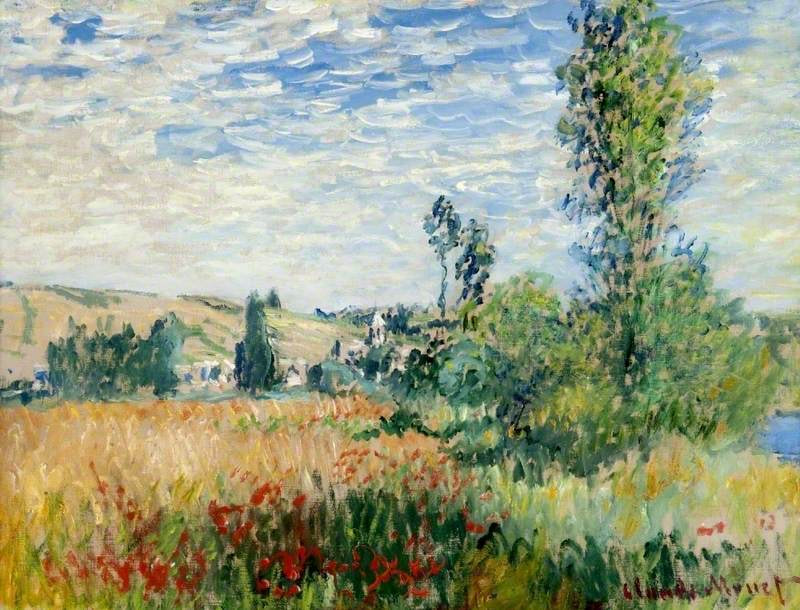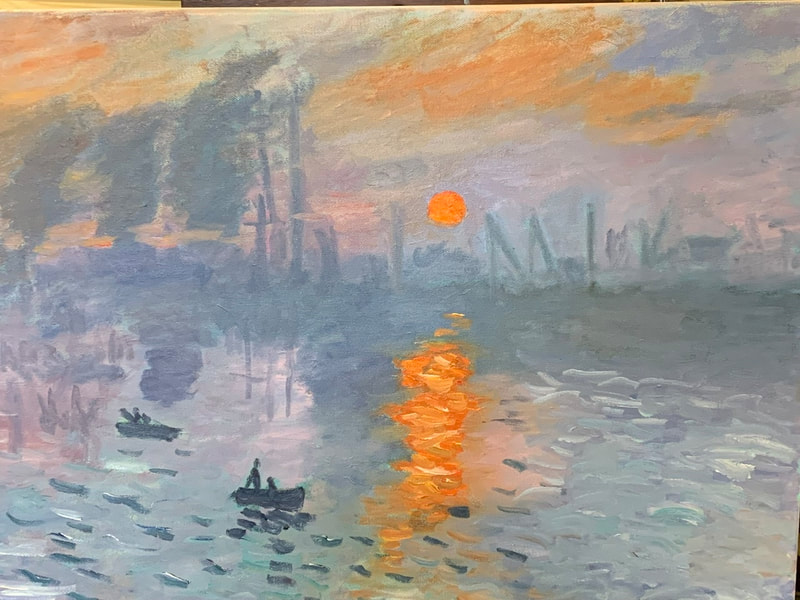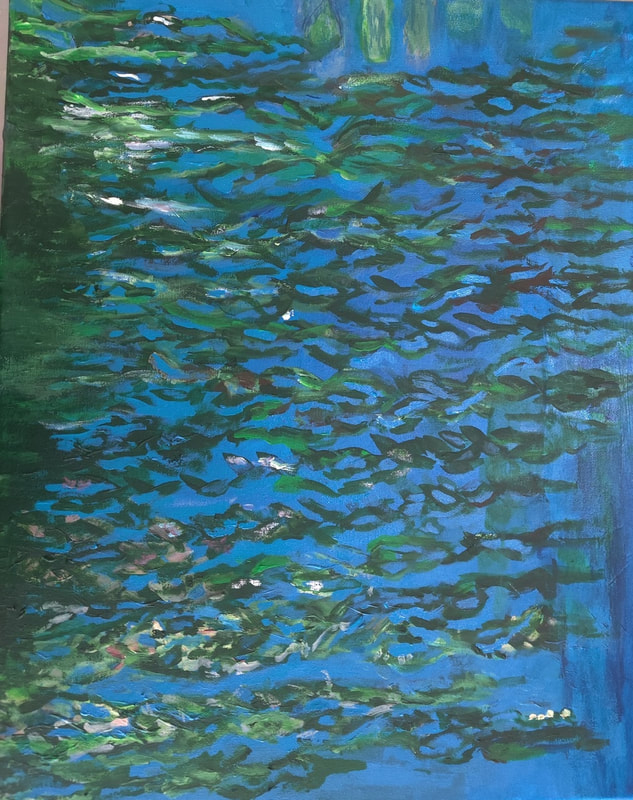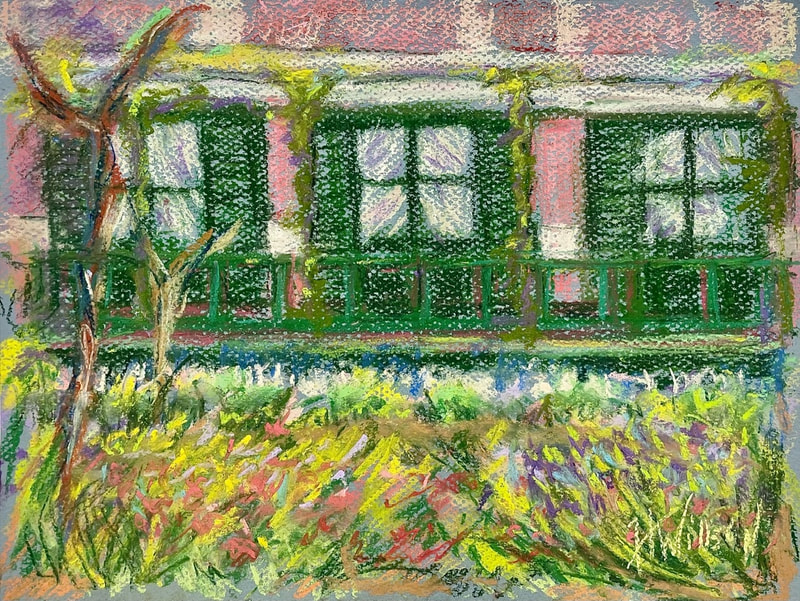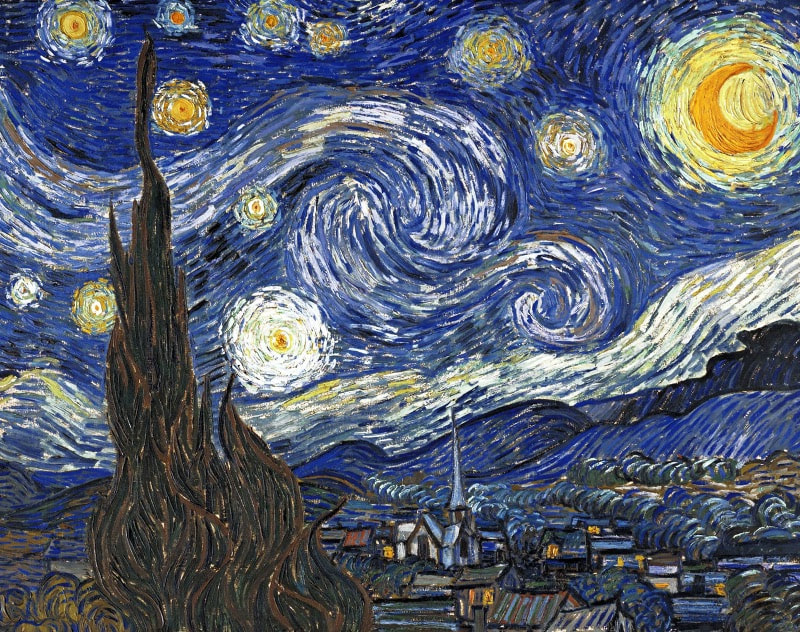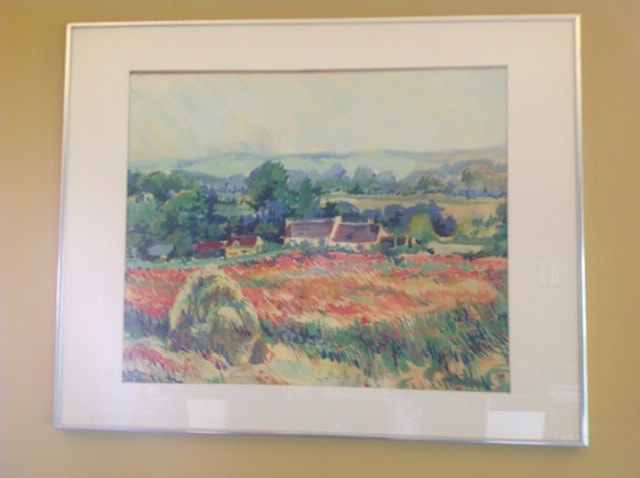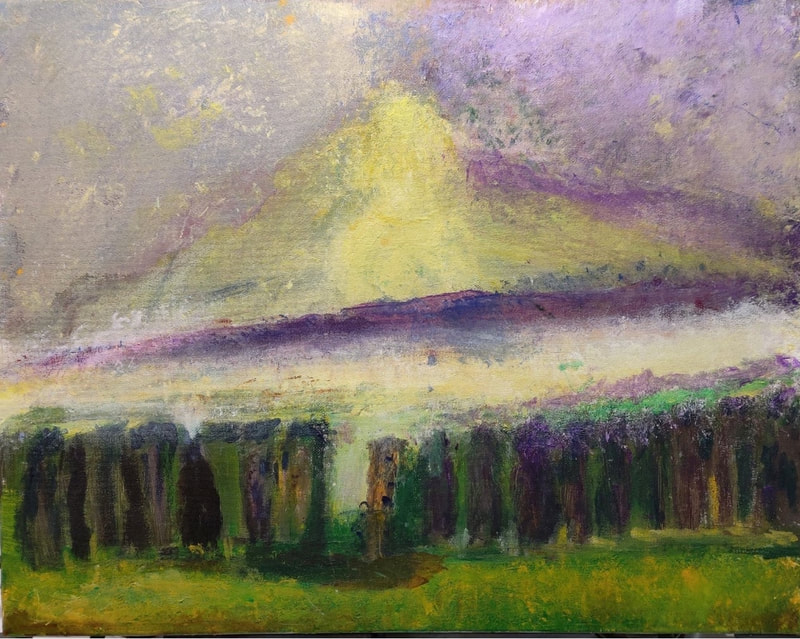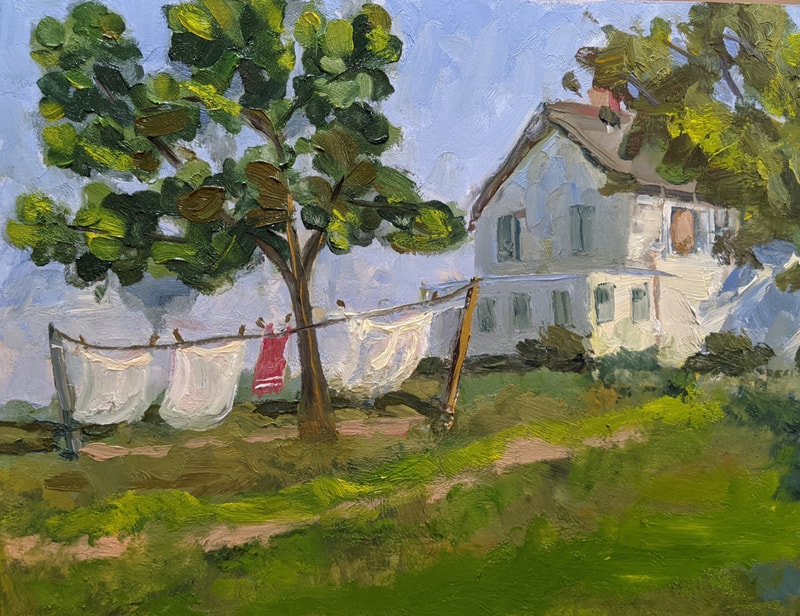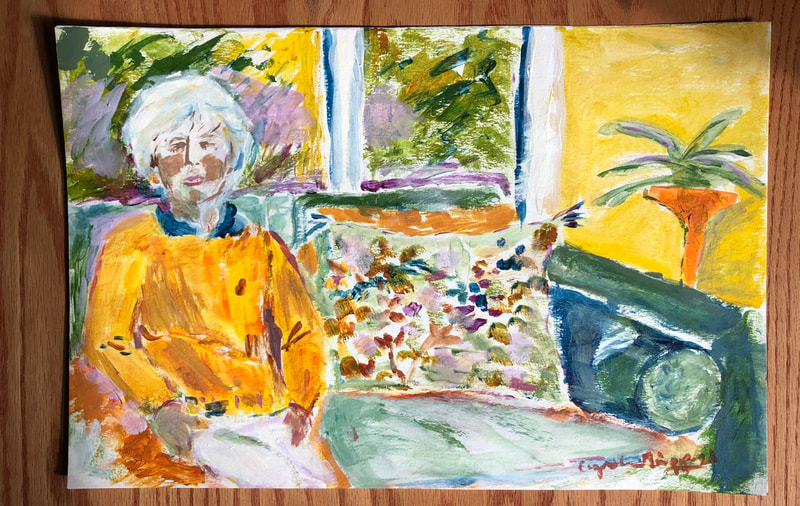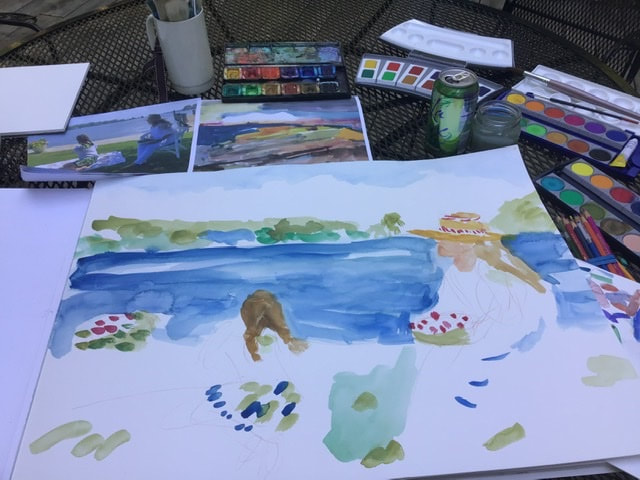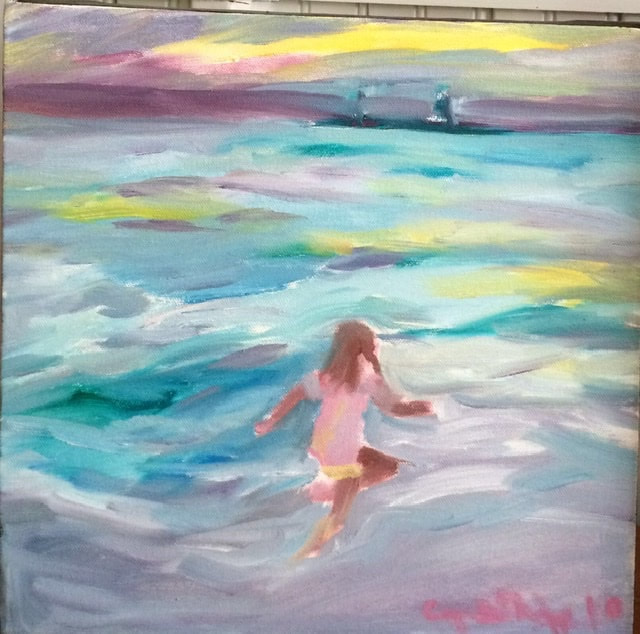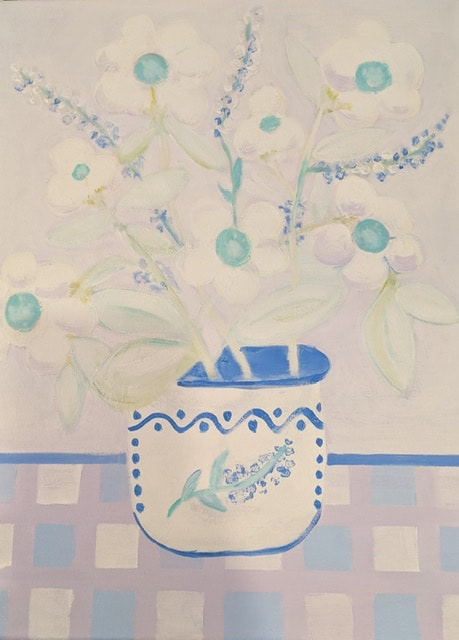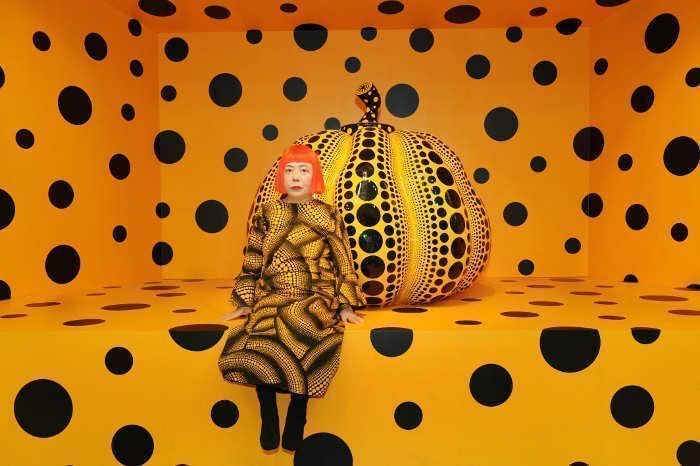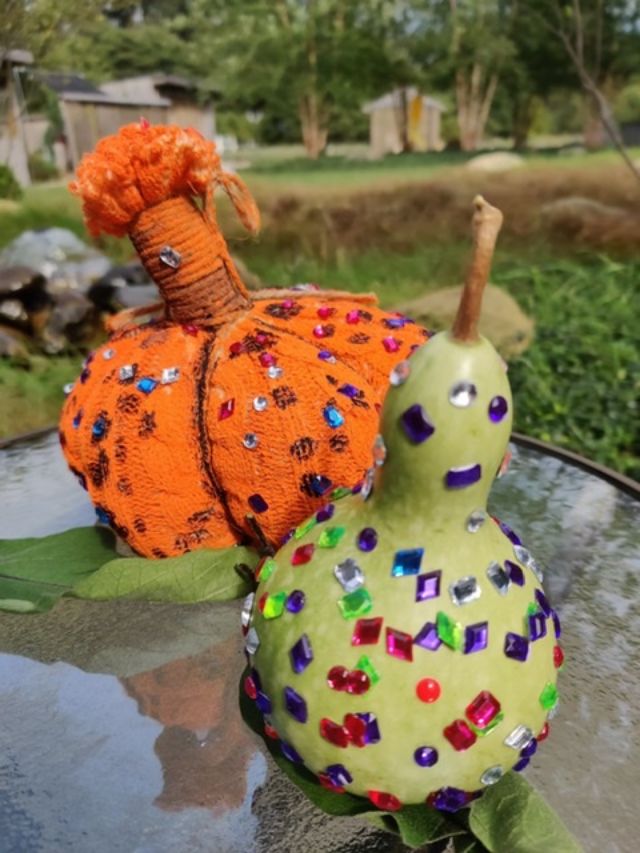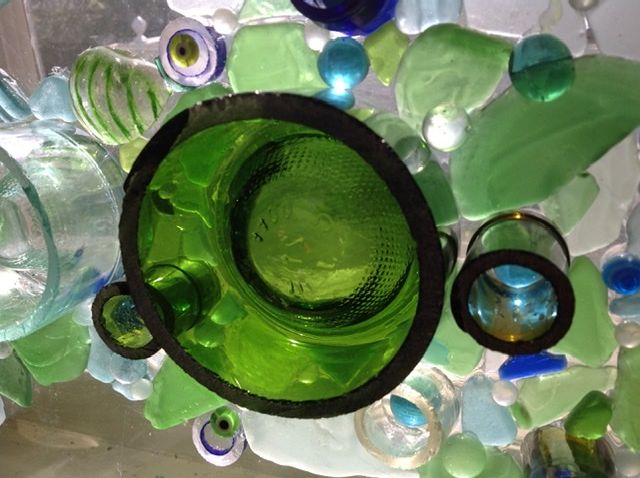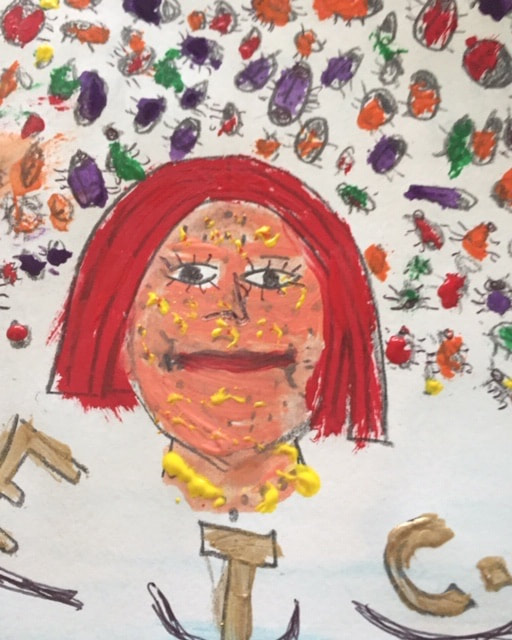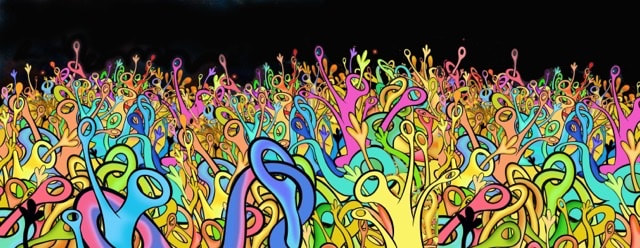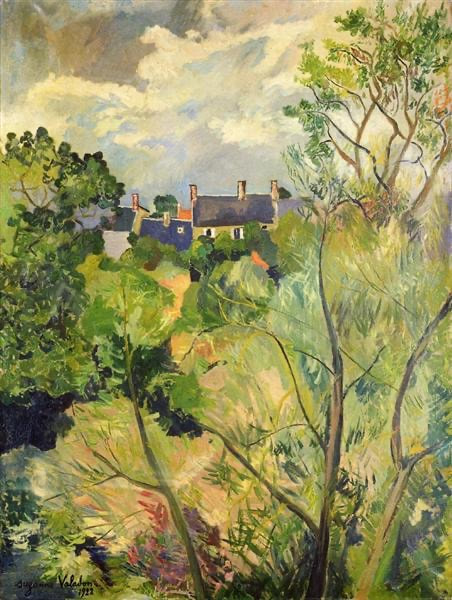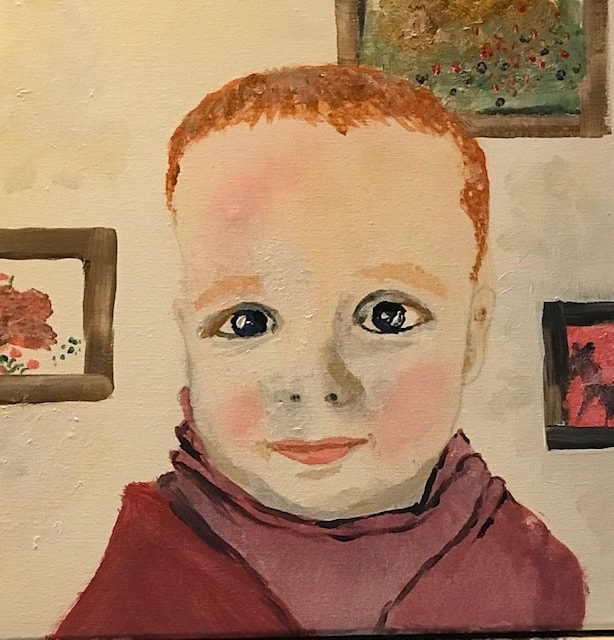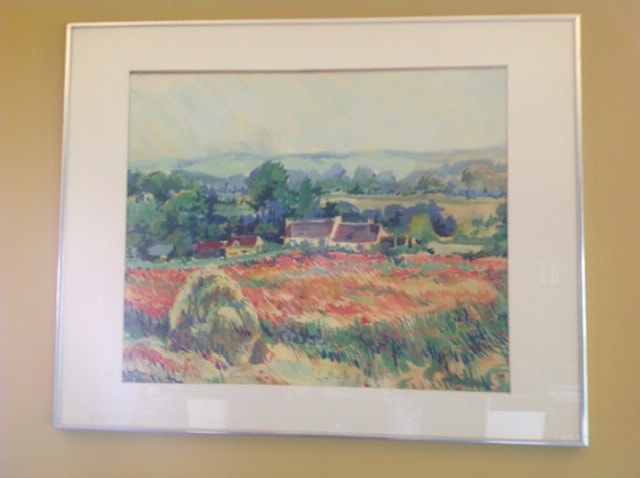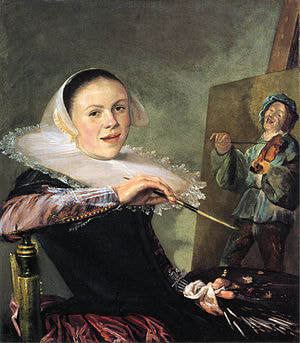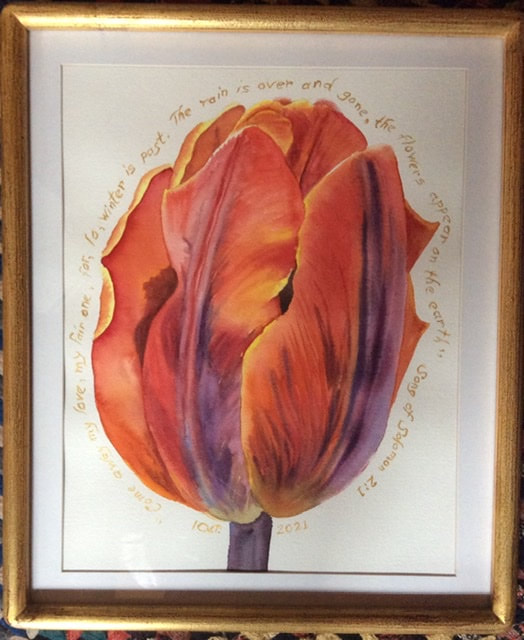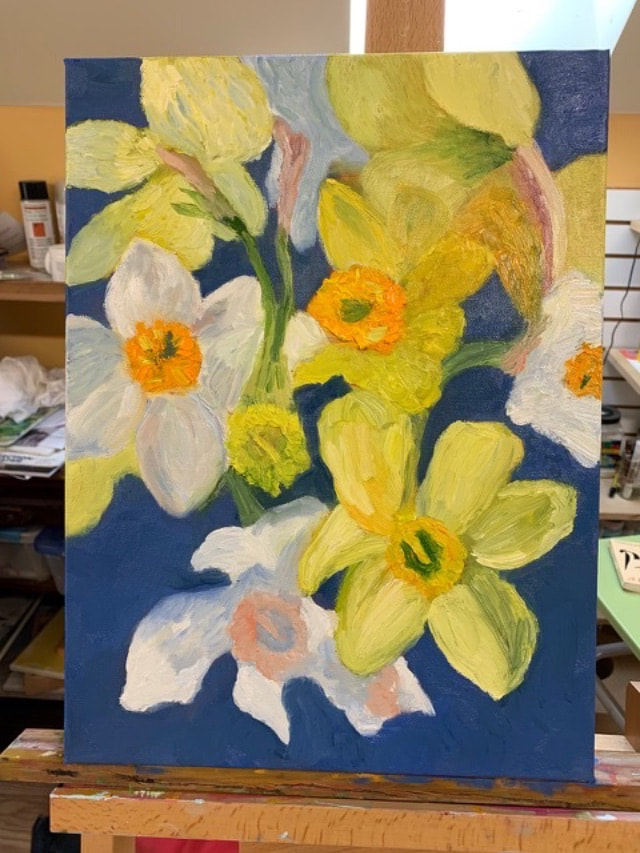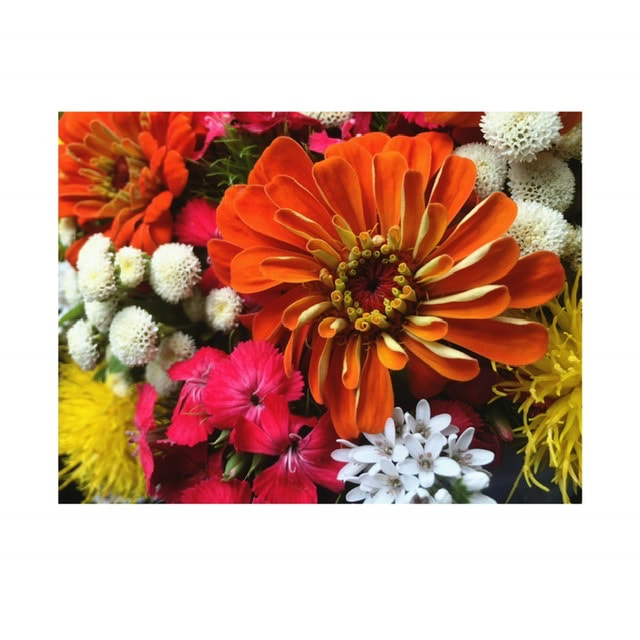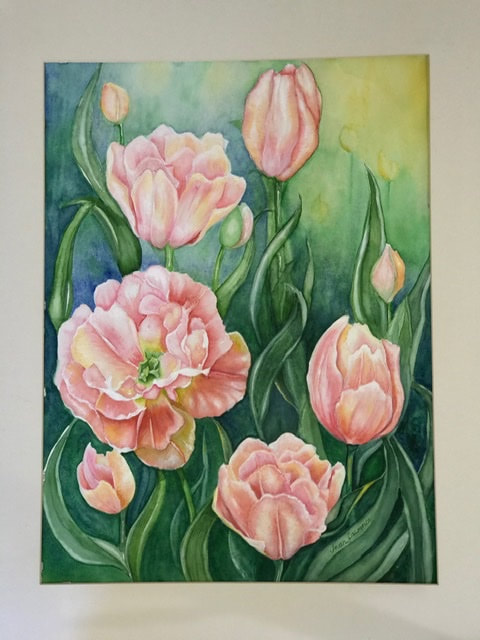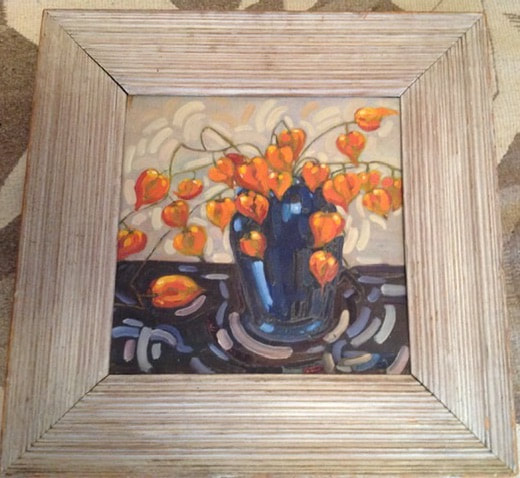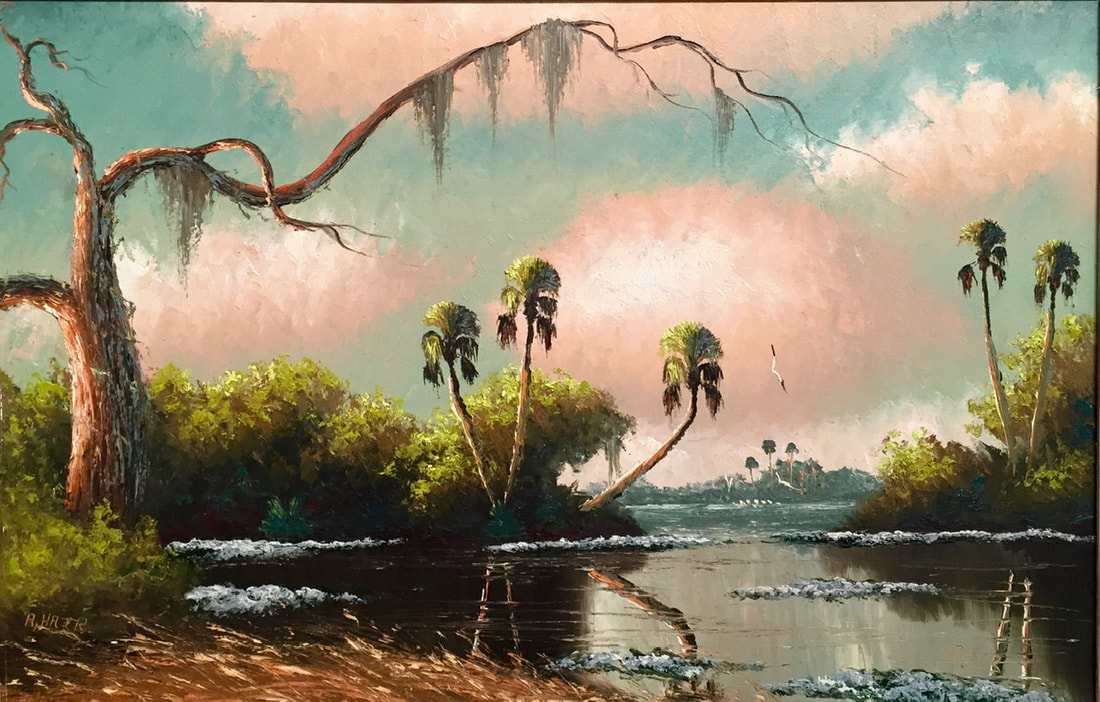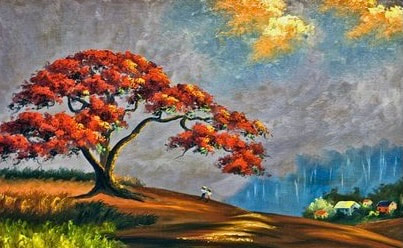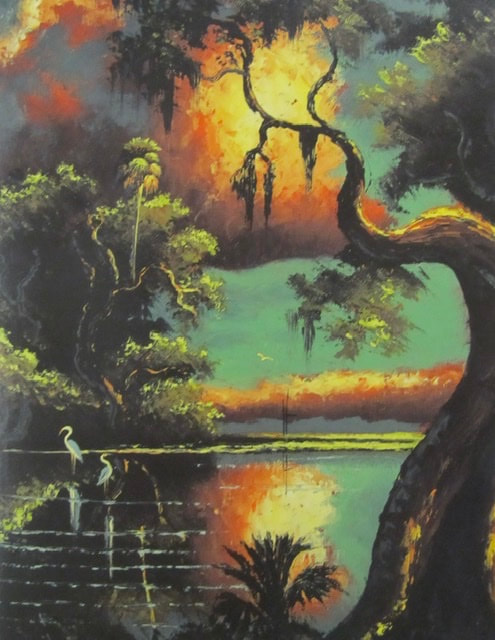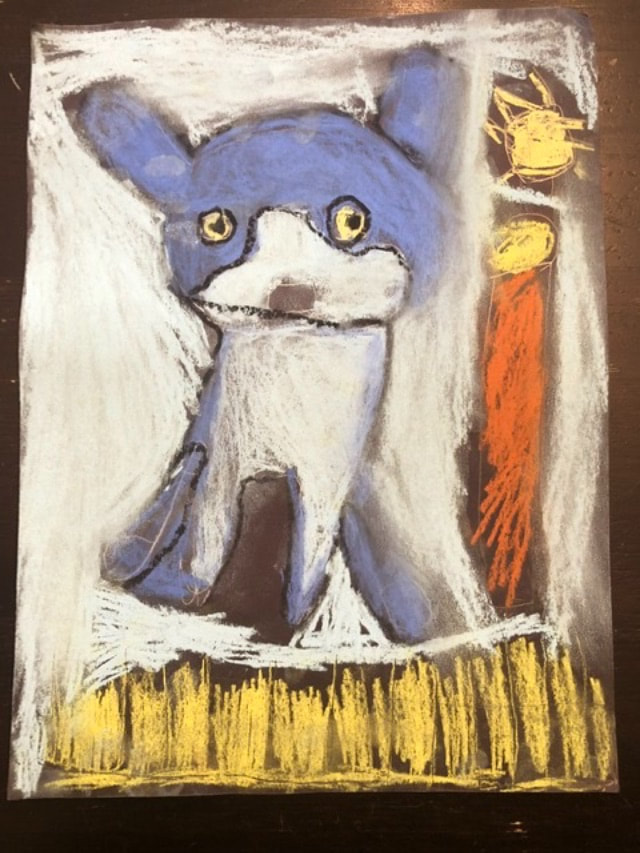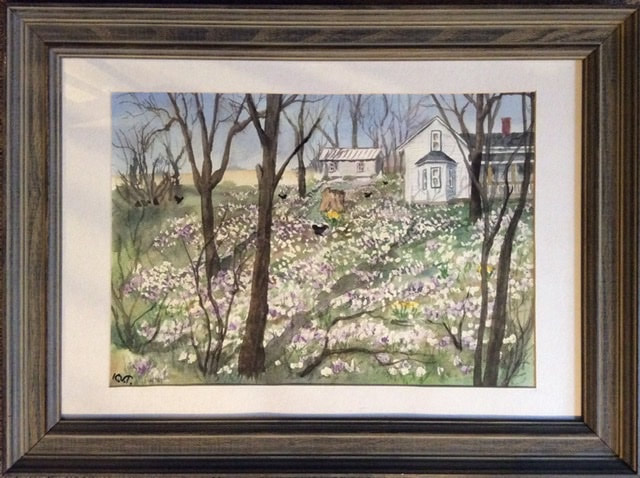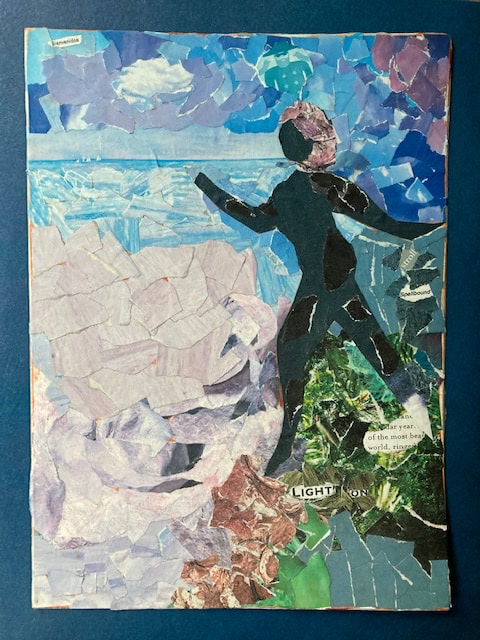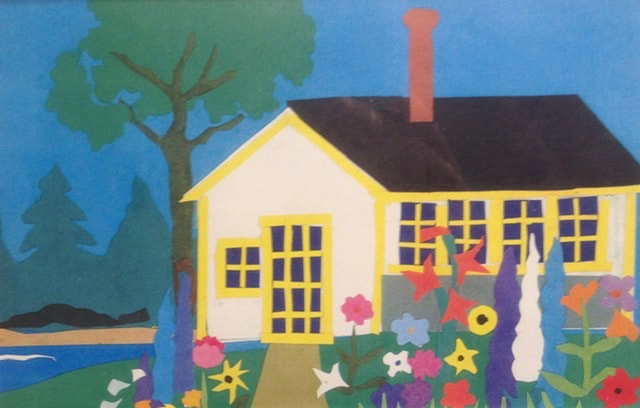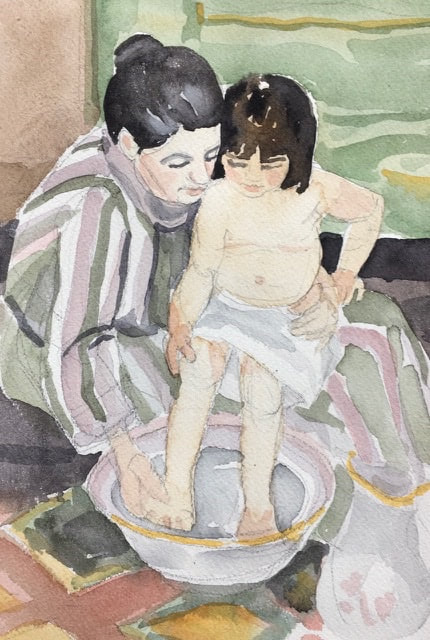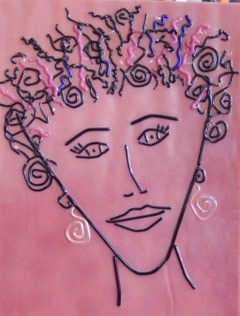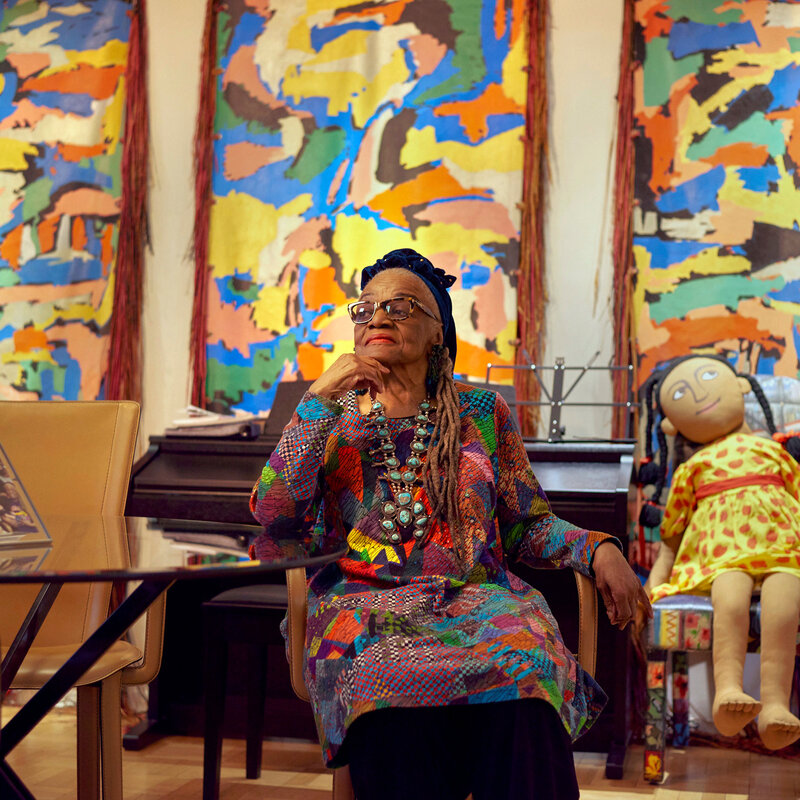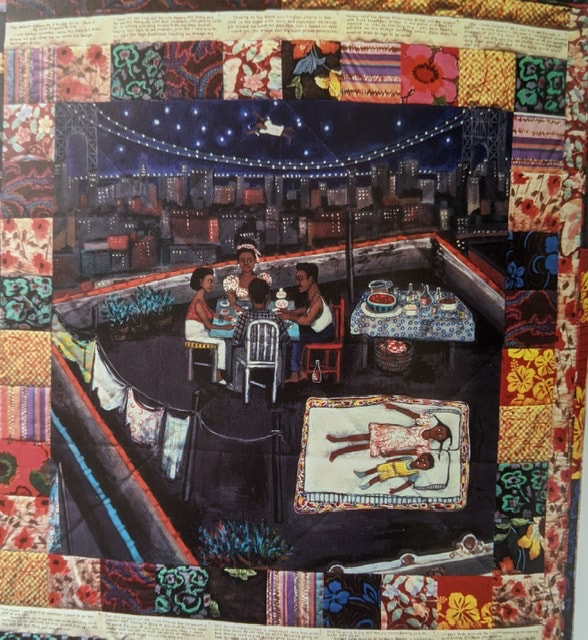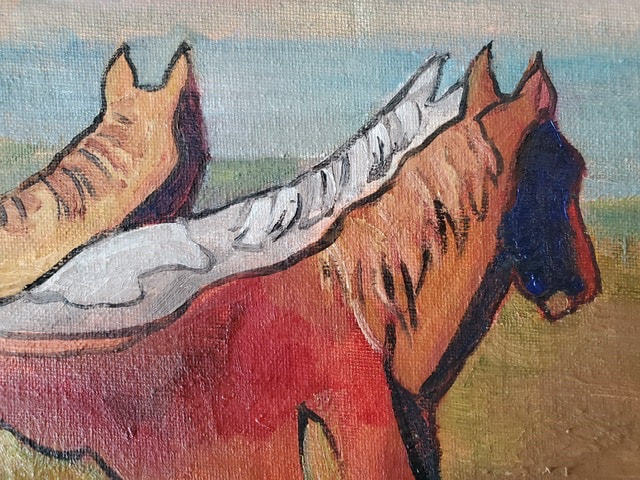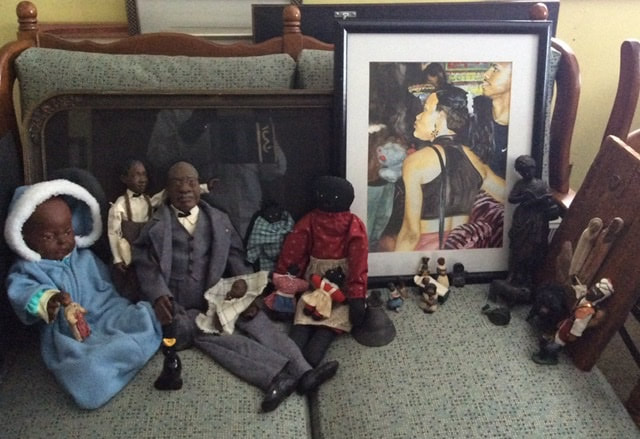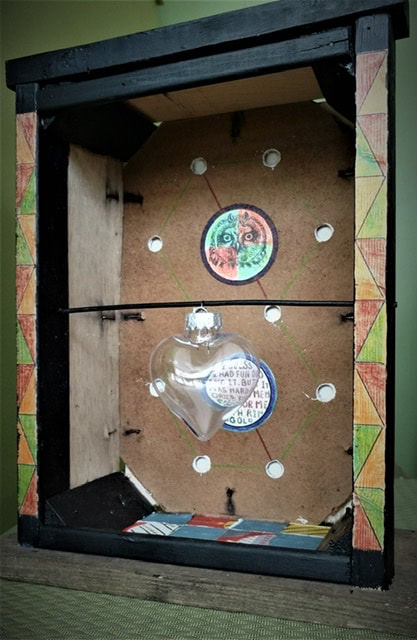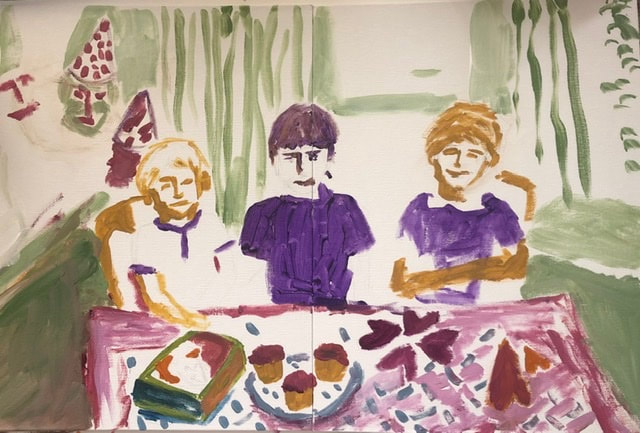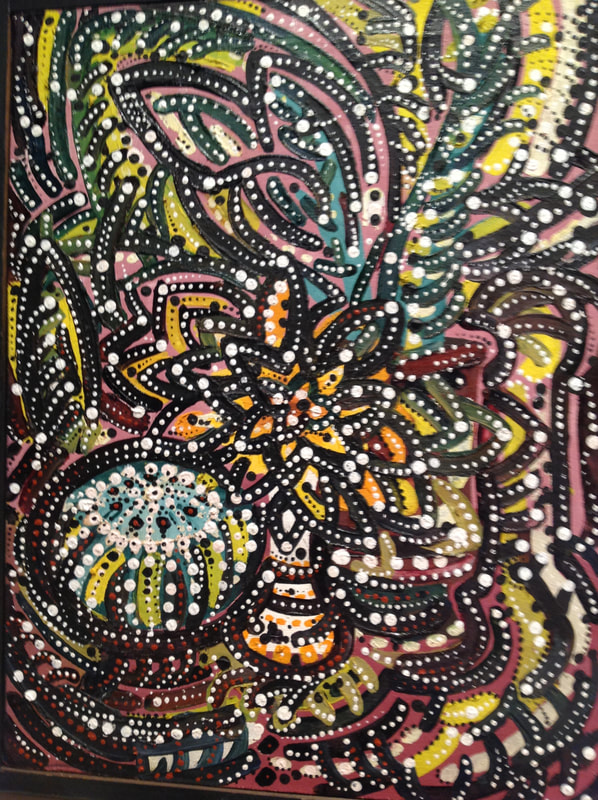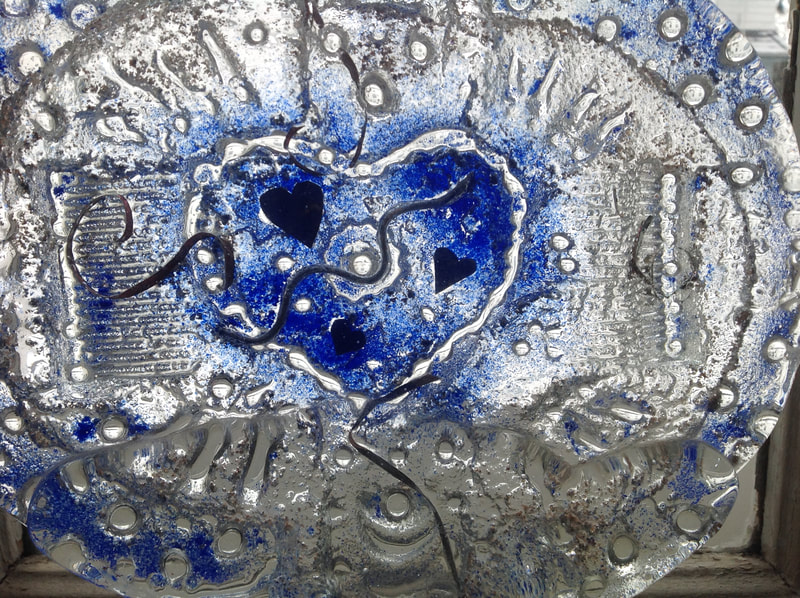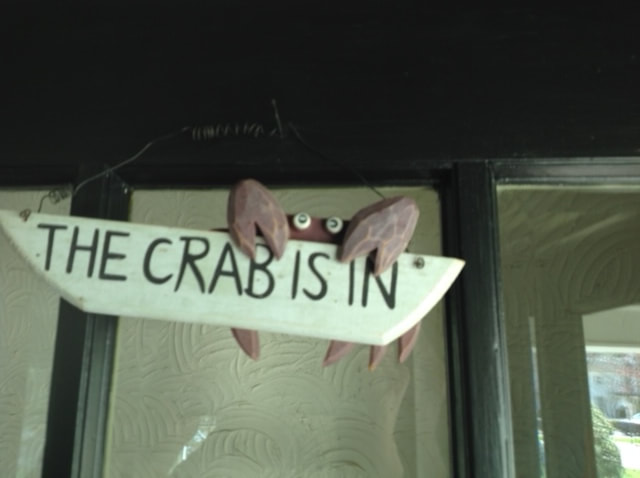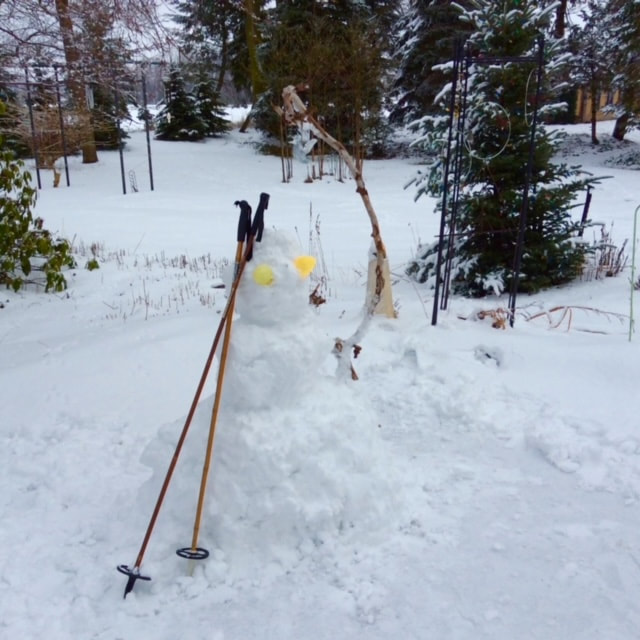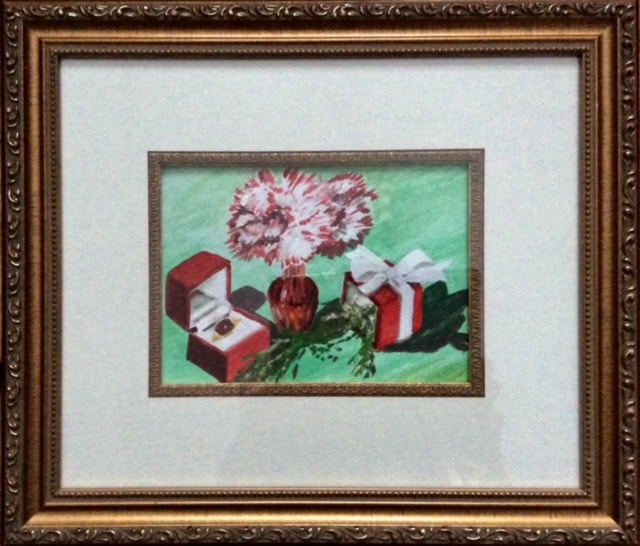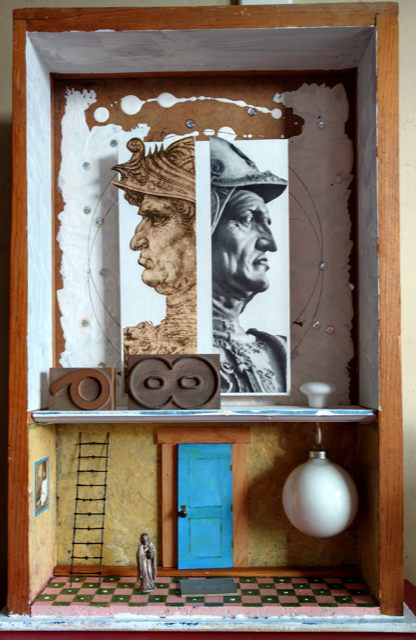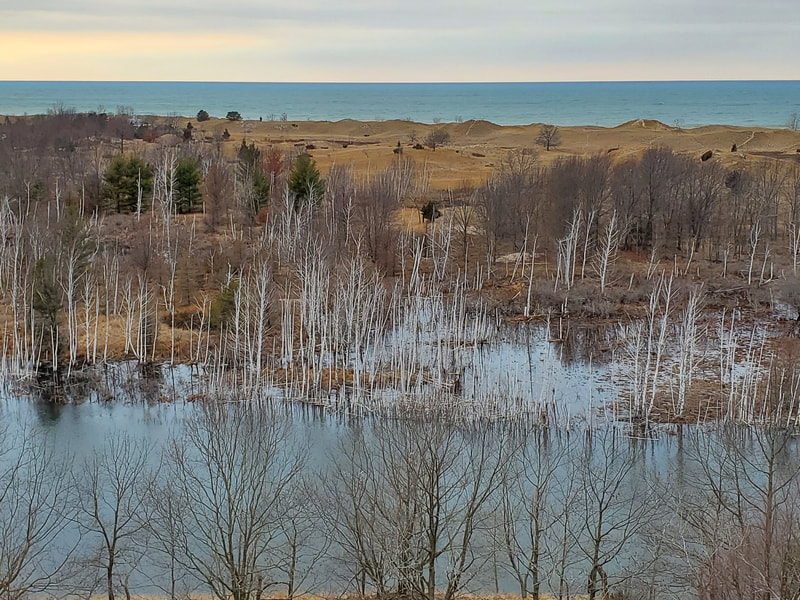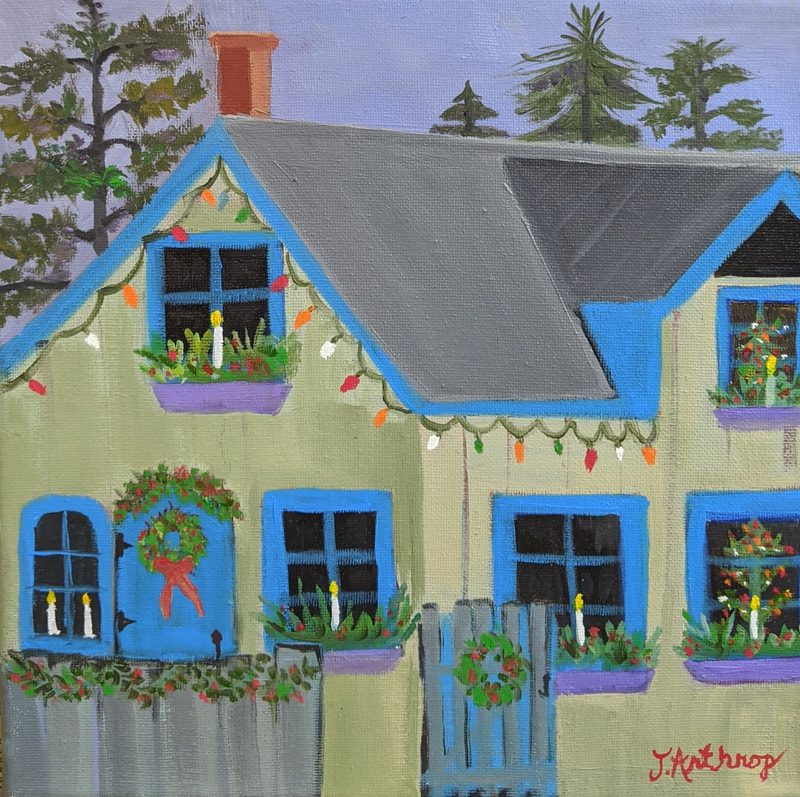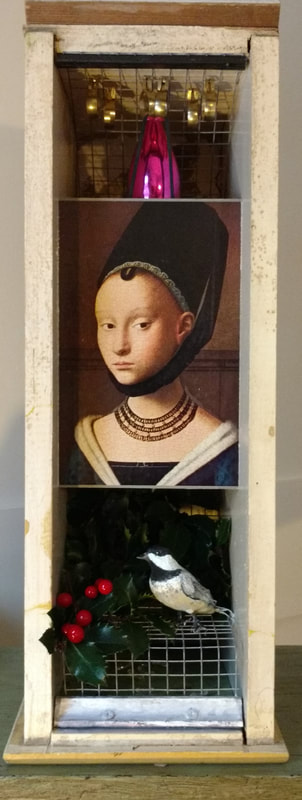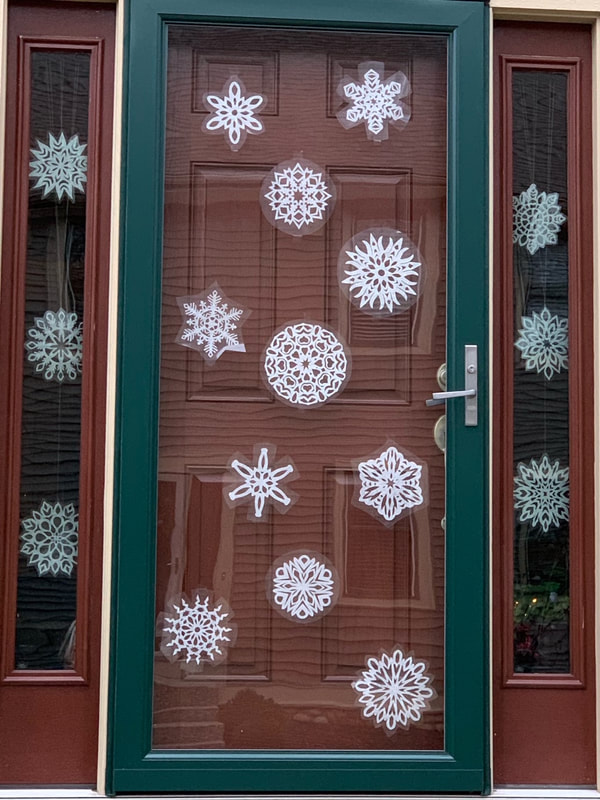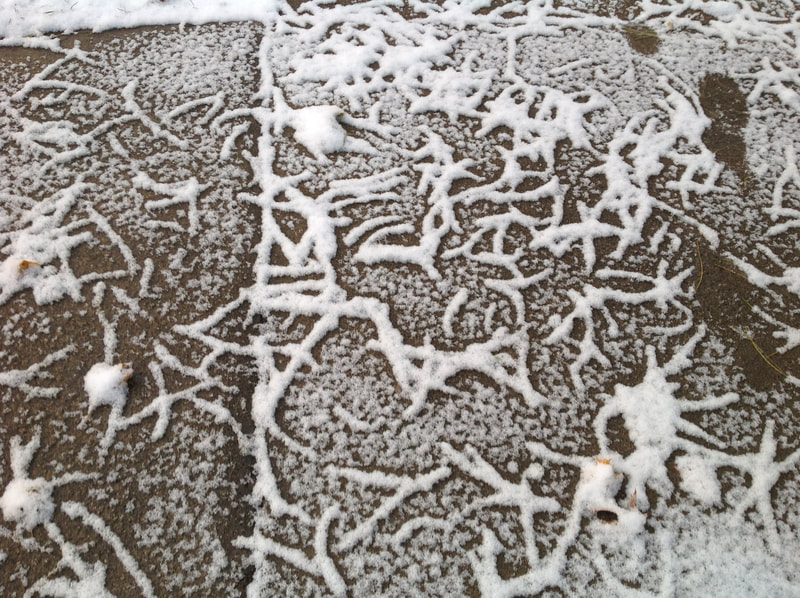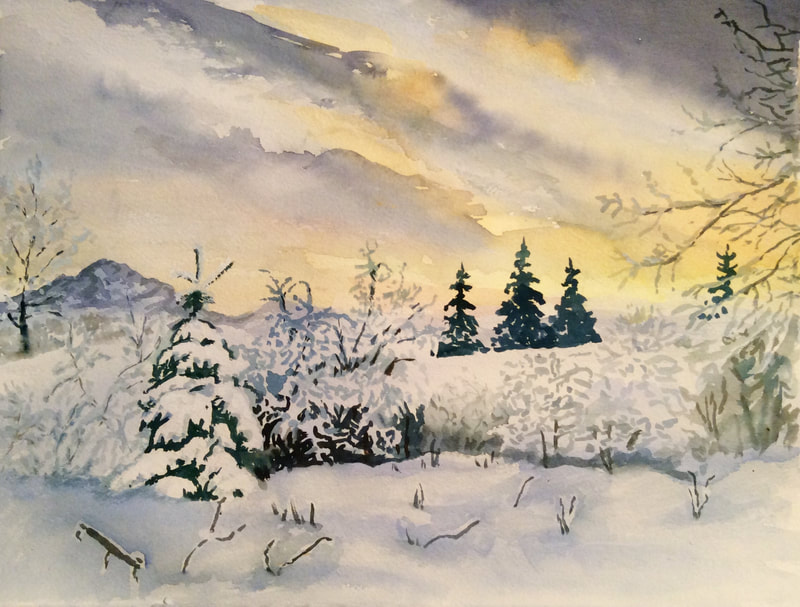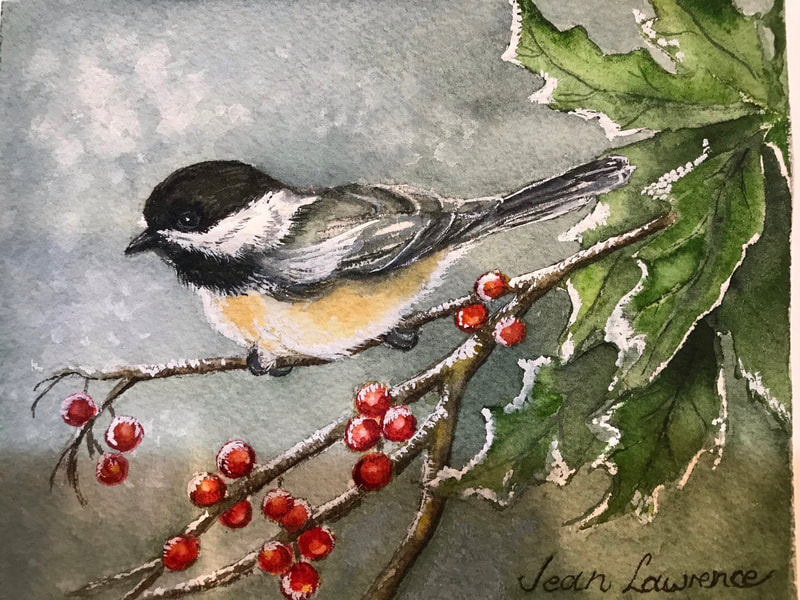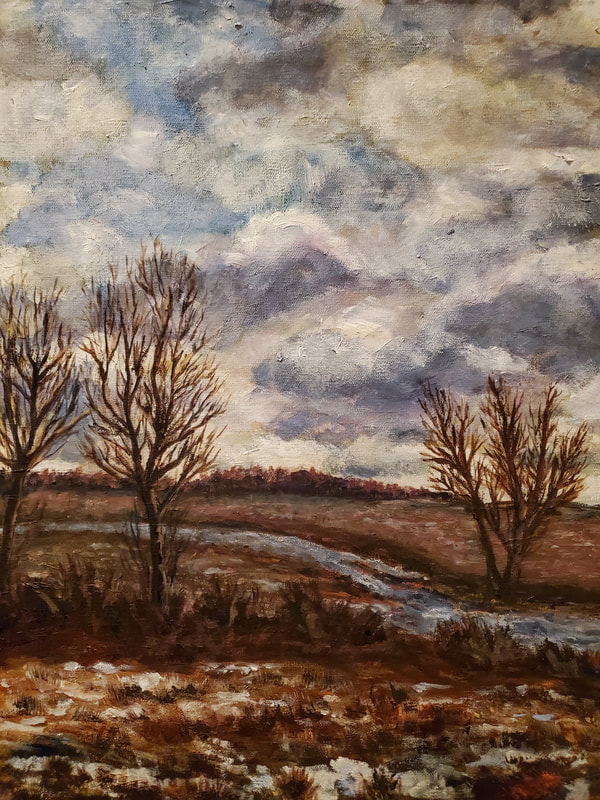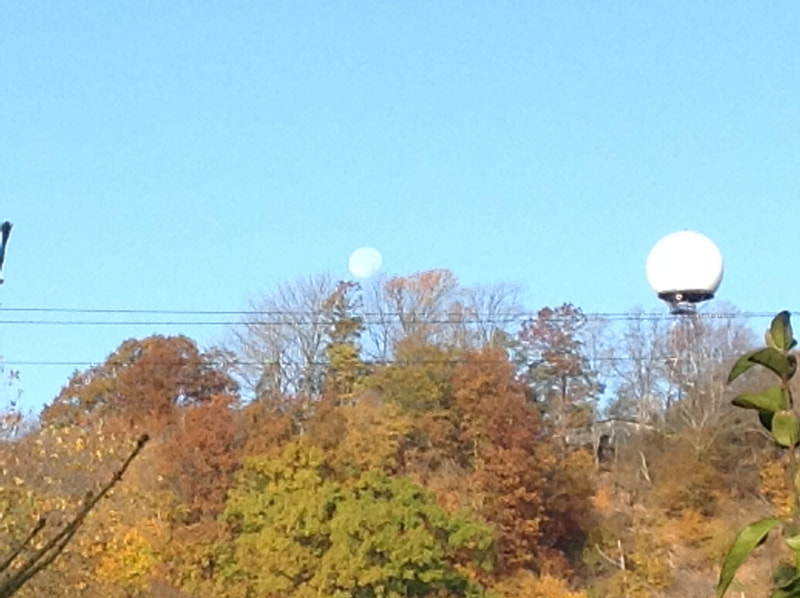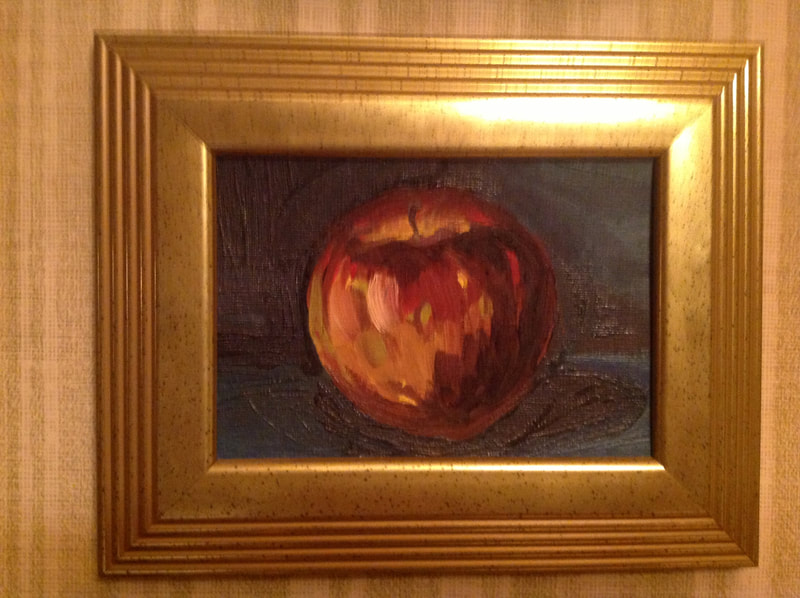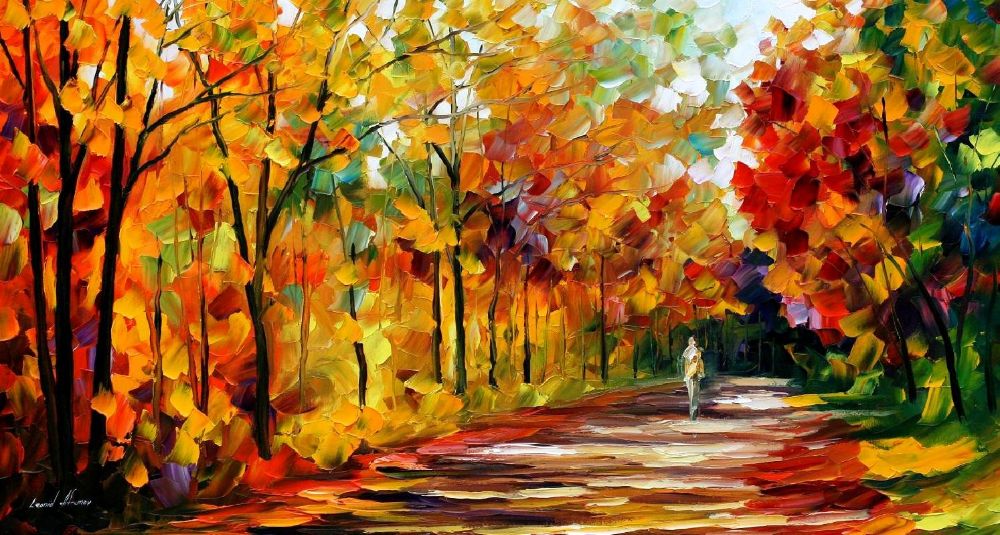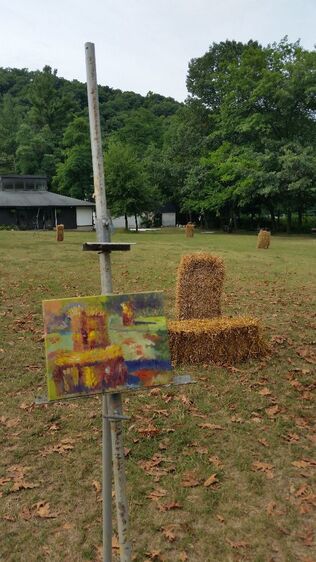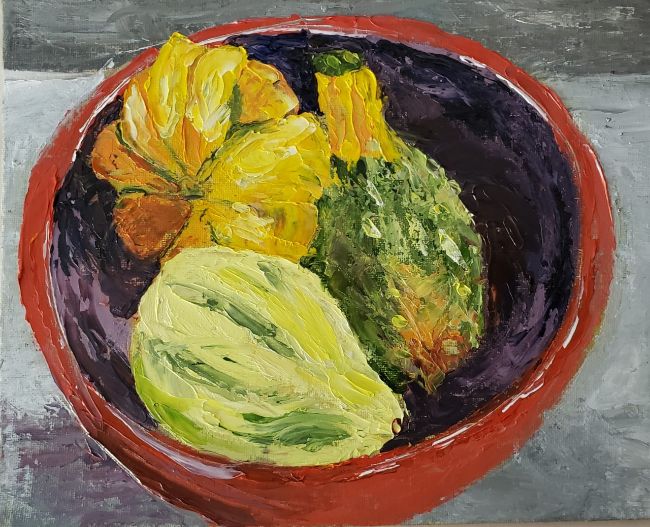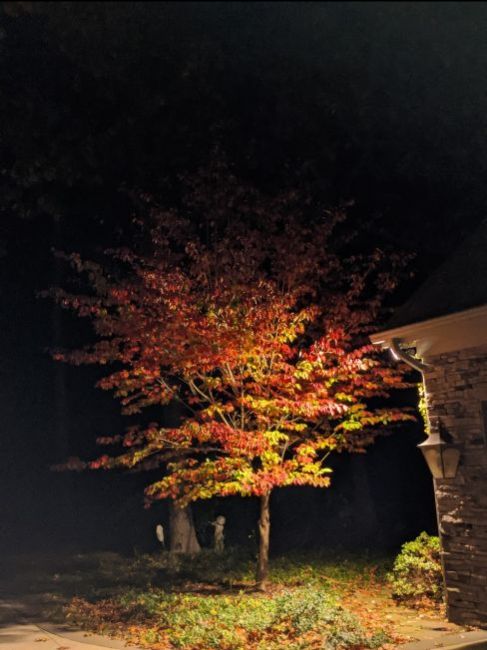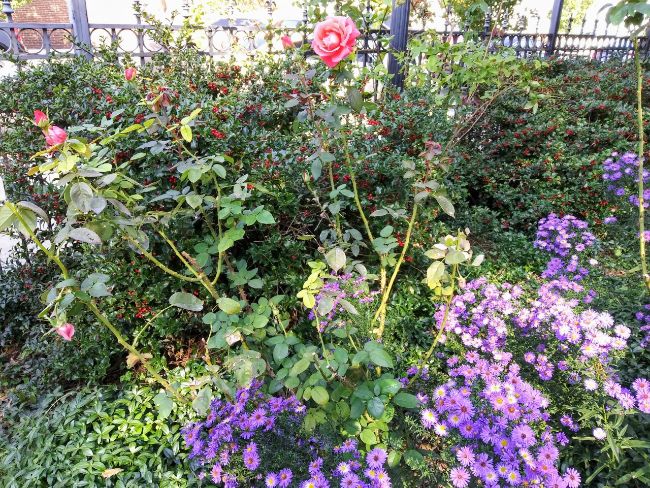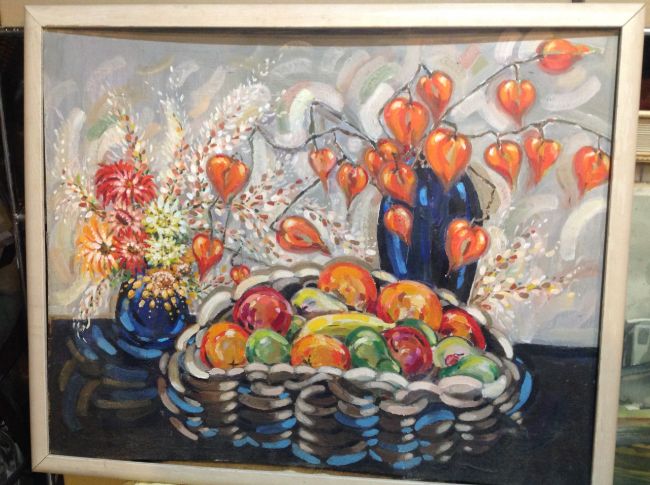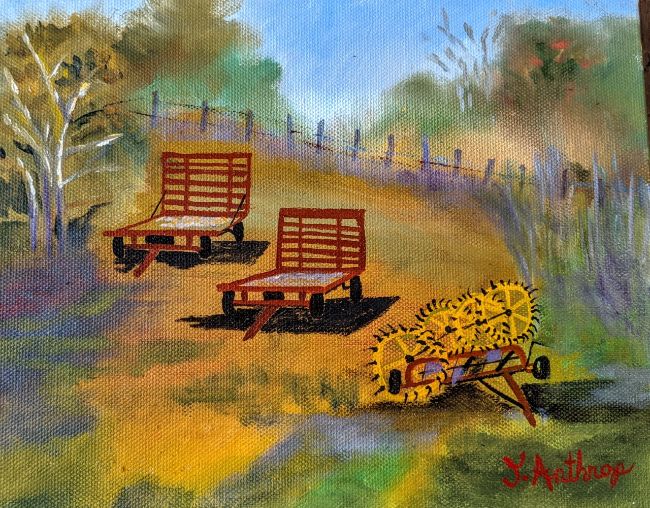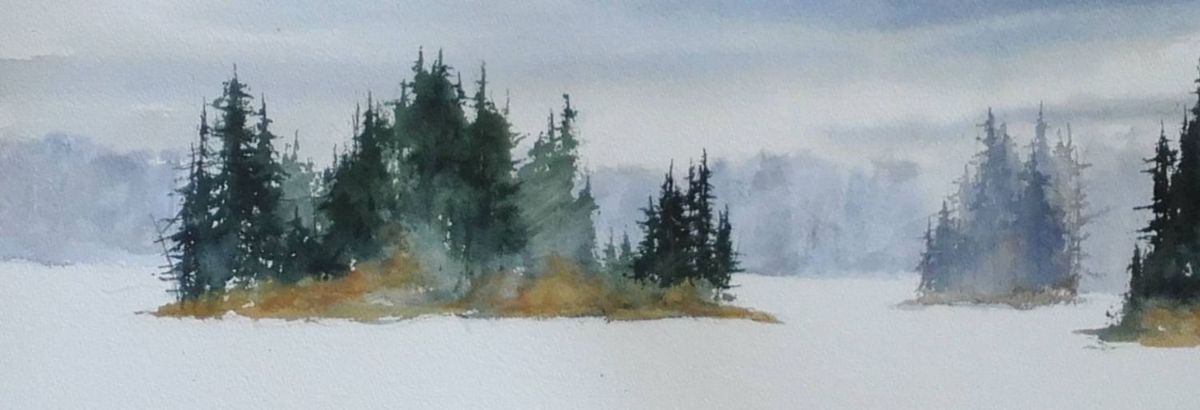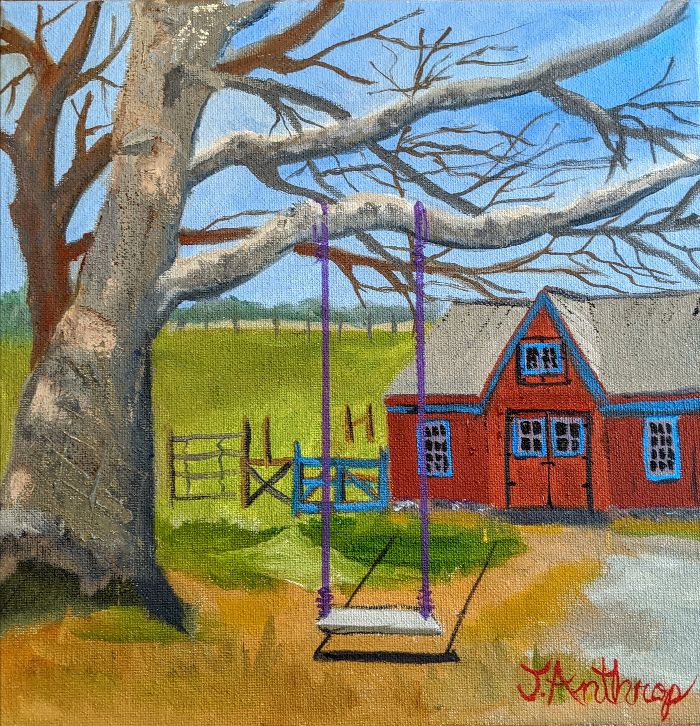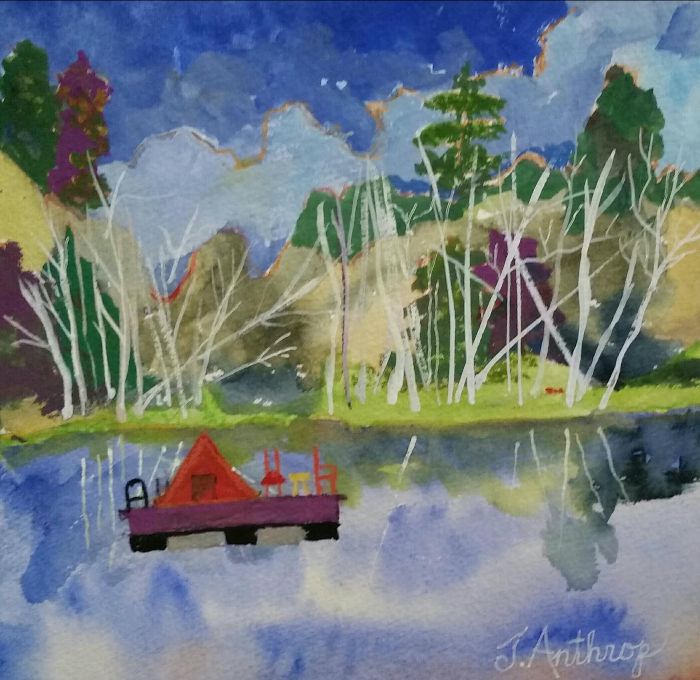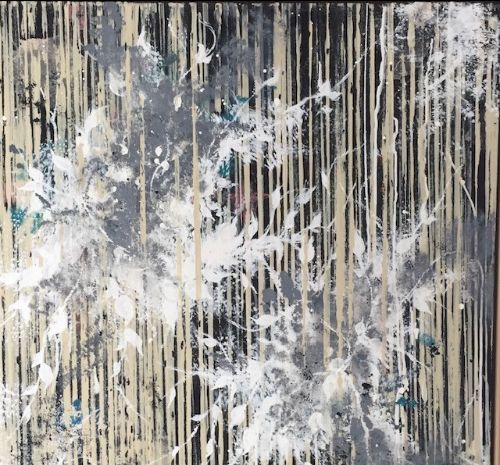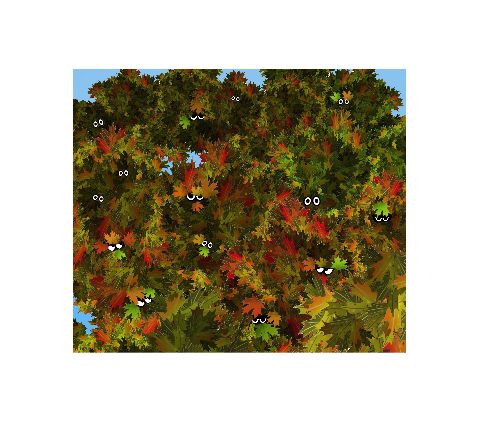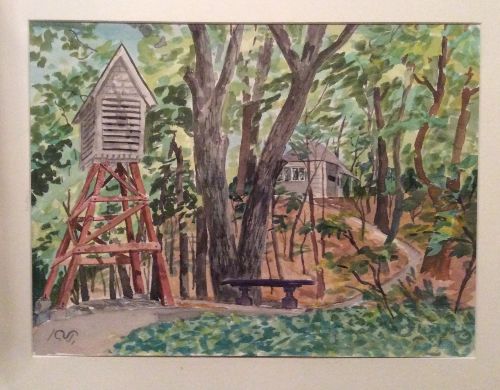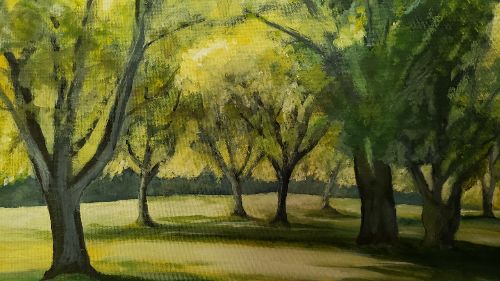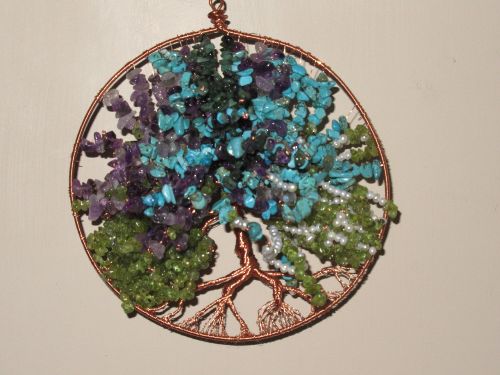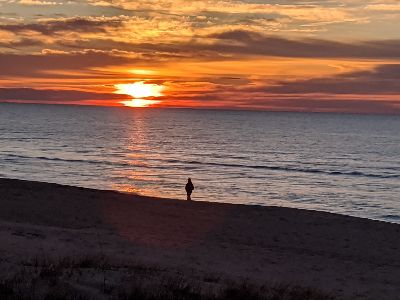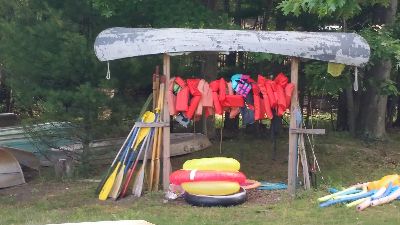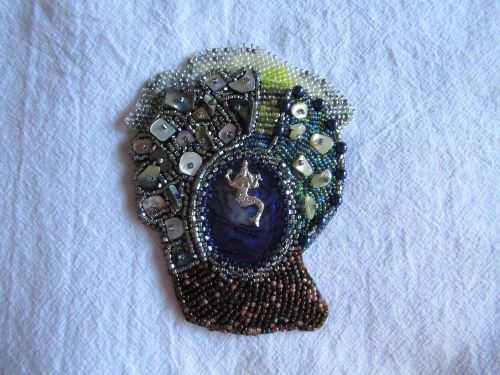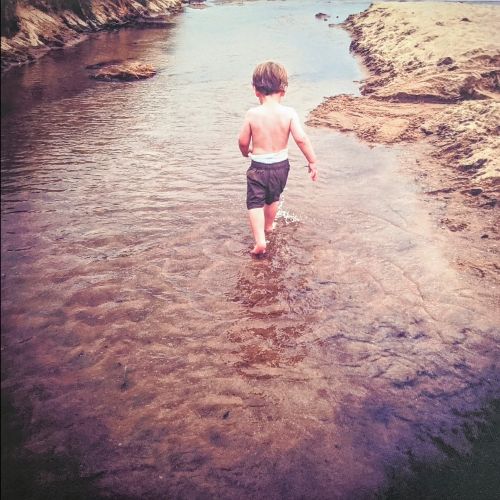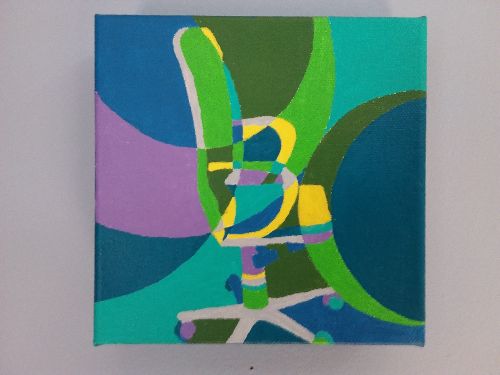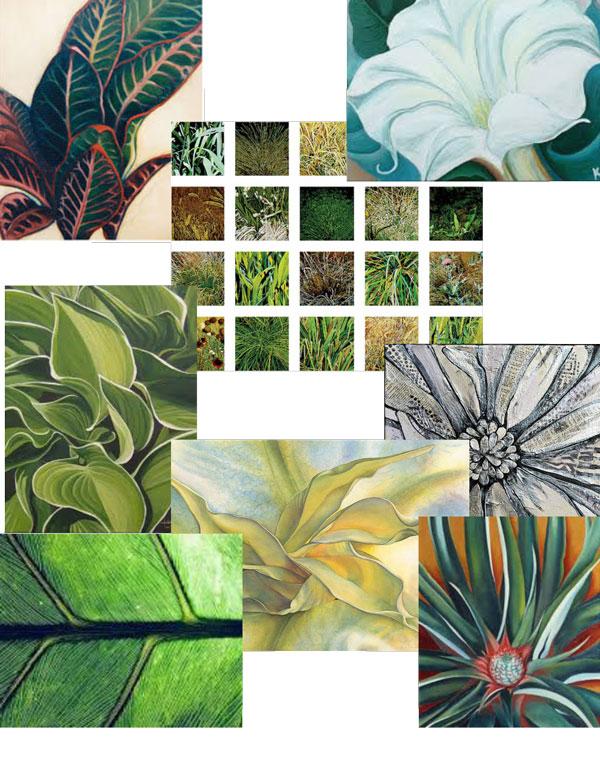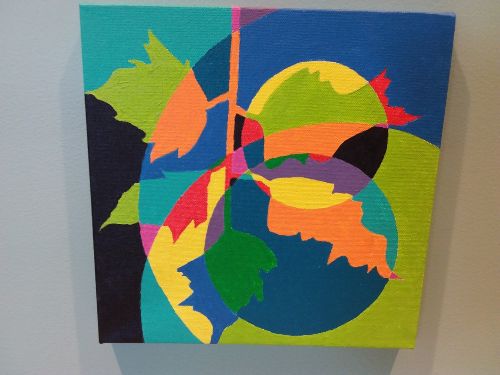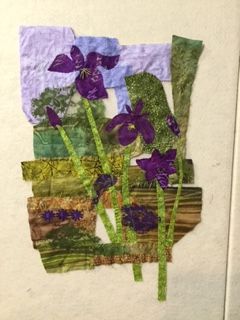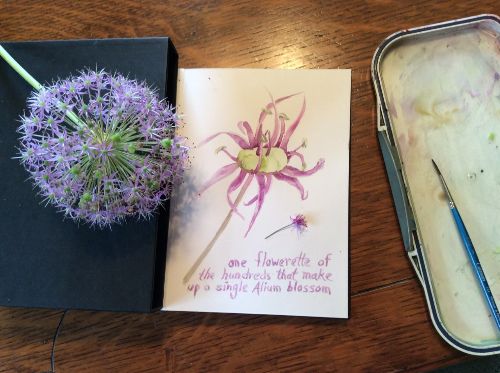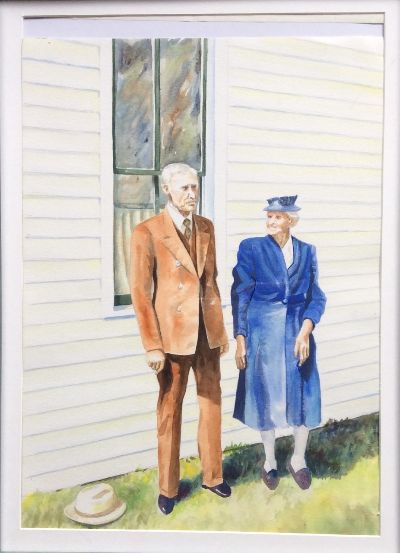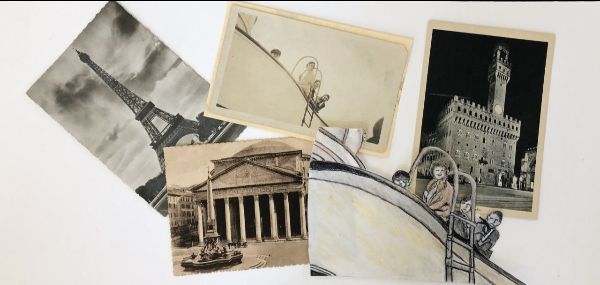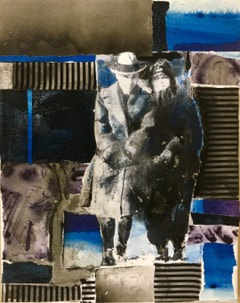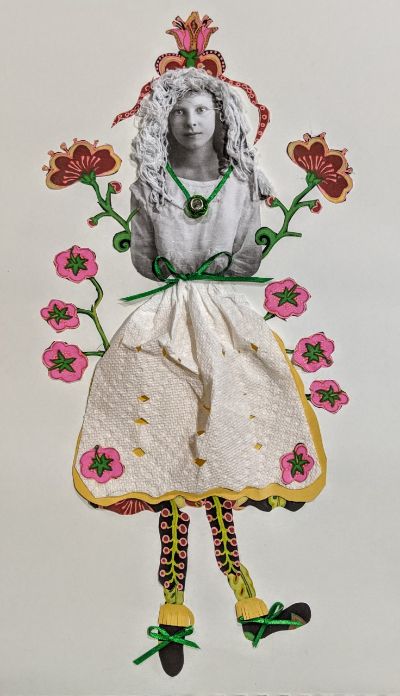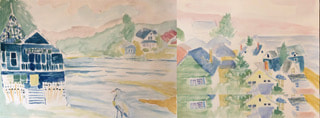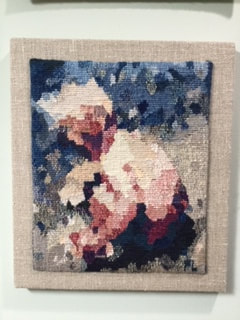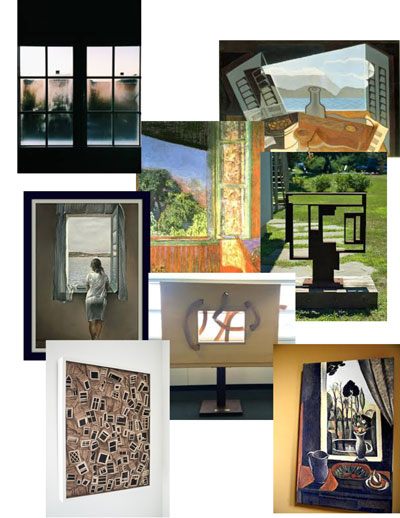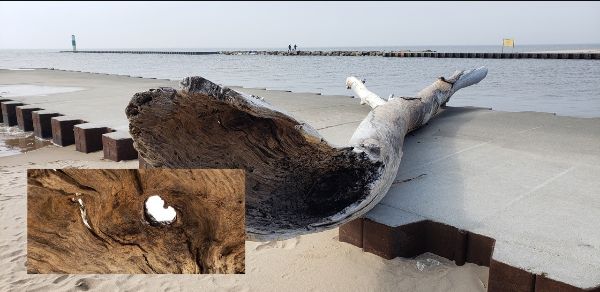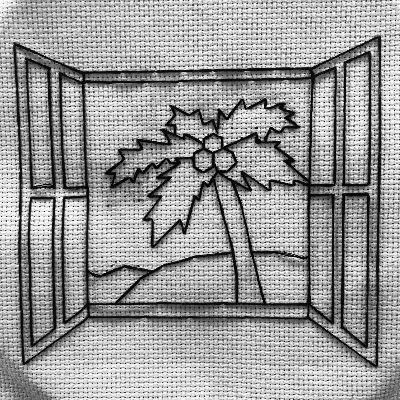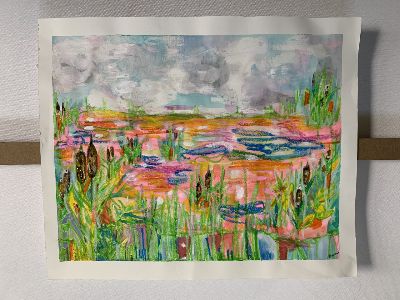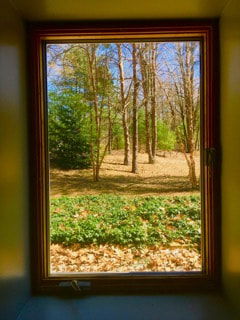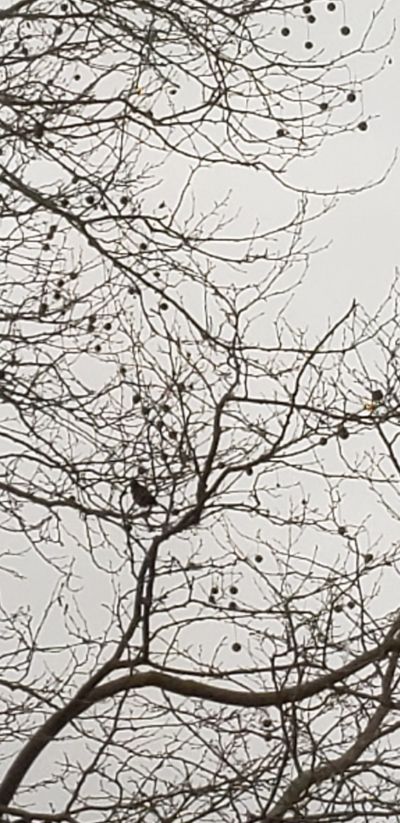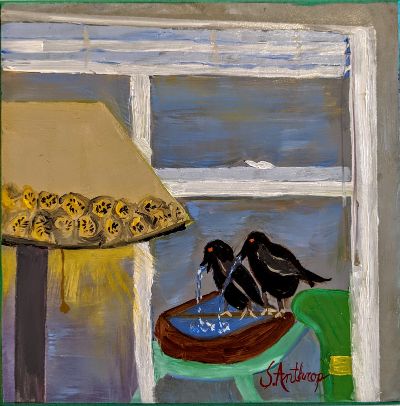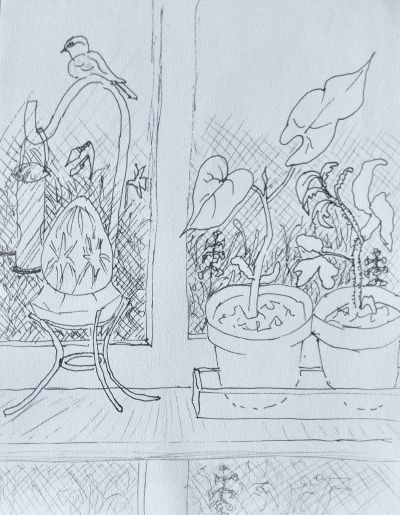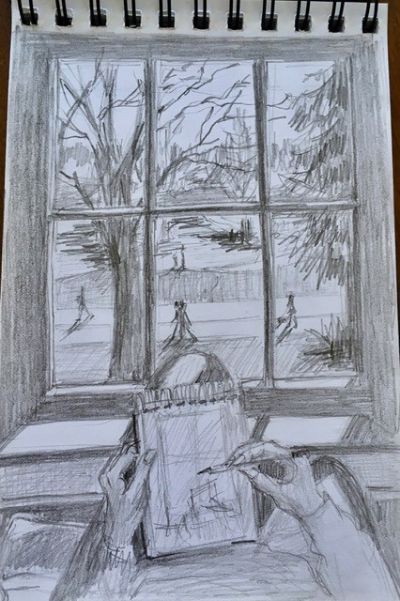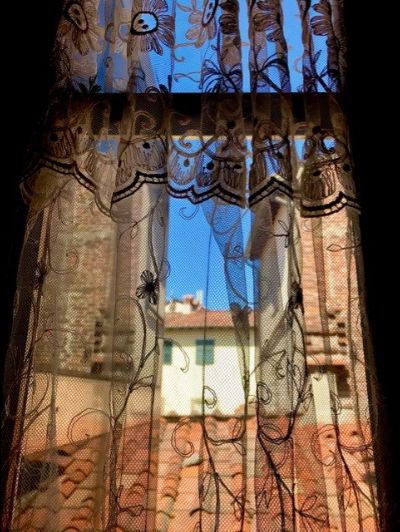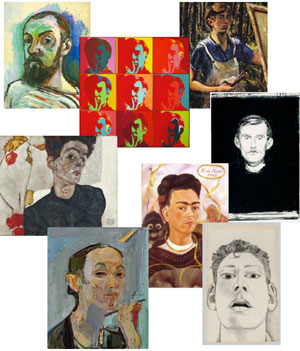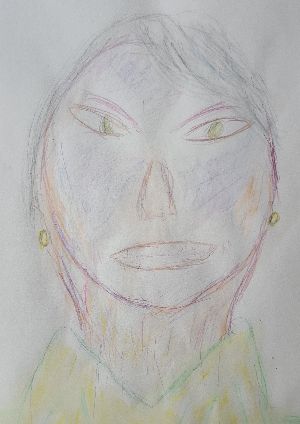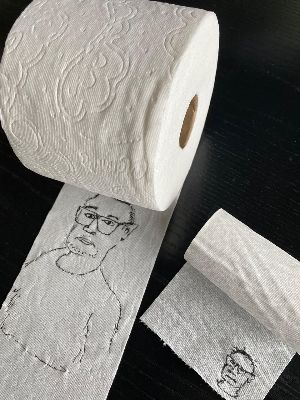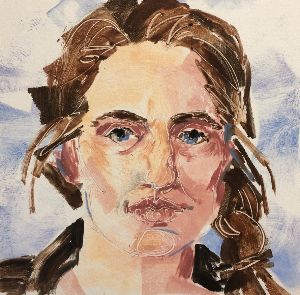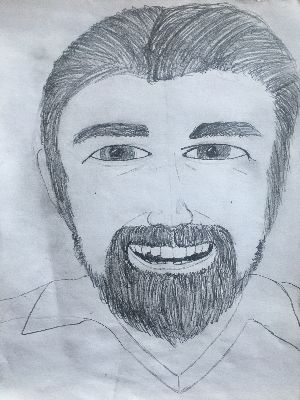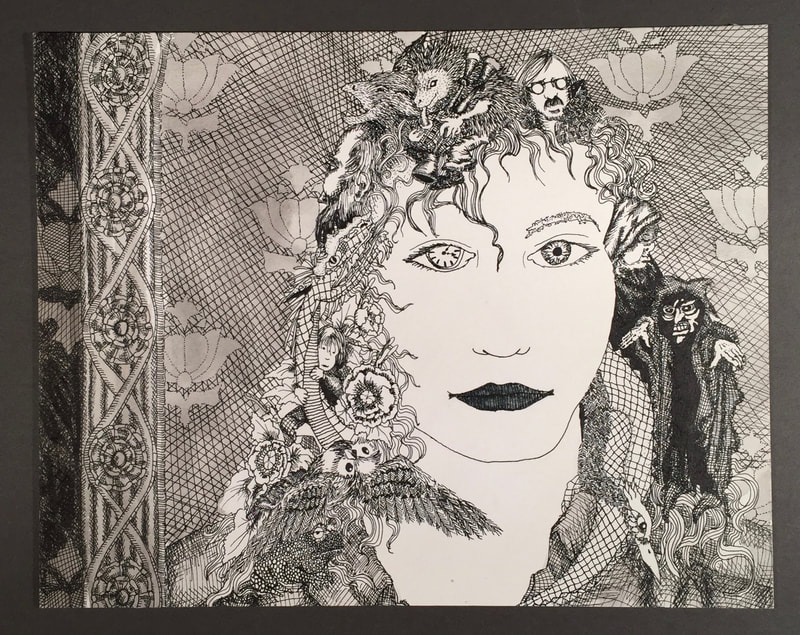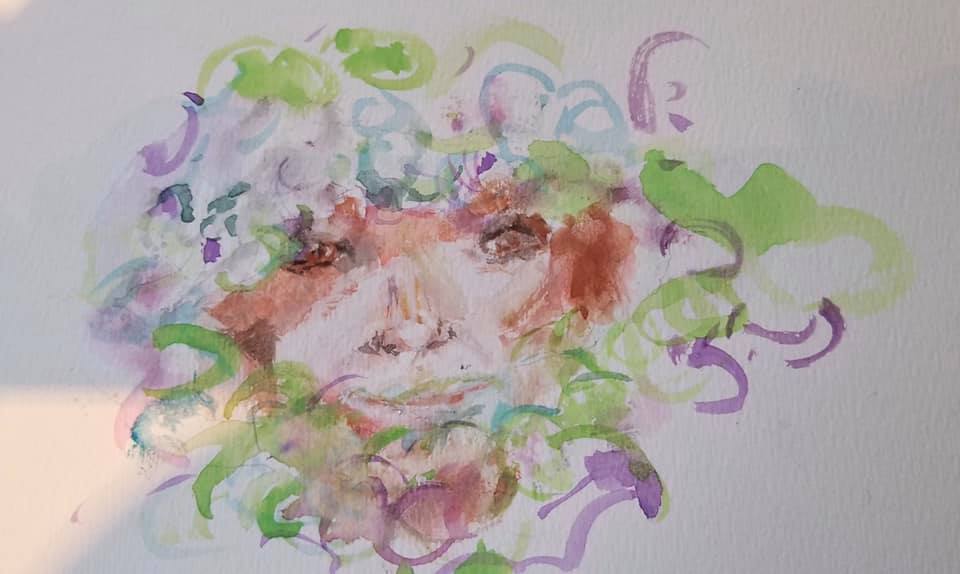SAUGATUCK DOUGLAS ART CLUB
- Home
- Art Fairs
- News
- Membership
-
About
-
Past programs
>
- 2023 Art Show and Sale
- Maggie Clifford-Bandstra
- August Picnic
- Creative Exercises
- Michael Burmeister
- Plein Air Painters
- Sept: Ruth Crowe Encaustic Art
- Shirley Brauker Gallery Talk
- Monotype June
- Making Faces May
- Creativity by John Cleese ZOOM
- 9 Warning Signs ZOOM
- Artistic Medium Gatherings ZOOM
- Monotype workshop
- Inside Outings
- Artful Food - January 2020
- White Out - February
- Garage Sale
- Annual Reports
- Galleries >
- Contact
- Scholarships
- Student Success Stories
- Board
- History
- By-Laws
-
Past programs
>
- Online Gallery
- Donate now!
- Plein Air Painters
- Shop
- Classes
- August Member Picnic 2024
Many of you have enjoyed this online monthly exercise. It is taking a break, but we are leaving the material on the site as it is informative, and you may want to try the exercises. This would be totally on your own.
Exercise 22: December Exploring the art of Claude Monet
|
Most well-known today for his series of serene water lilies paintings, 19th-century Impressionist Claude Monet was a groundbreaking tour de force in the development of expressive art. Throughout his long life, which spanned the years between 1840 and 1926, Monet would progress from drawing amusing caricatures of friends to capturing the elusive nuances of natural scenes in various attitudes of light and color.
Along with the other Impressionists, Monet's aim in his painting was to capture reality and analyze the ever-changing nature of light and color. He recorded his surrounding faithfully, from the grime of a Paris railway station to the incandescent beauty of his later paintings based on the gardens he created at Giverny in north-eastern France. By striving to translate his unique perception of the natural world directly to the canvas, the artist was instrumental in forging an entirely new direction for the world of art. Monet painted eight huge paintings of his lily ponds at Giverny, his home in France. He gave them to France and they are installed at the Musee de L’Orangerie in Paris. The process began in 1914. CHALLENGE: Explore the history of Giverny and Monet’s gardens. Experiment with the form of water lilies for a summer painting, diorama, sculpture or something you create. OR: Look at Monet’s winter scenes that he loved and enjoyed snow and cold. Please email your creative response to [email protected] by Monday, December 27!
|
Here are the results:
Exercise 21: November Exploring the art of Vincent van Gogh
|
Vincent van Gogh, (born March 30, 1853- died July 29, 1890) was a Dutch painter, generally considered the greatest after Rembrandt, and one of the greatest of the Post-Impressionists. The striking color, emphatic brushwork, and contoured forms of his work powerfully influenced the current of Expressionism in modern art. Van Gogh’s art became astoundingly popular after his death, especially in the late 20th century, when his work sold for record-breaking sums at auctions around the world and was featured in blockbuster touring exhibitions. In part because of his extensive published letters, van Gogh has also been mythologized in the popular imagination as the quintessential tortured artist.
Vincent does not need introduction to this membership. A few facts for those who have not seen films of his life. He died at 37 years old. His life was full of tragic and painful relationships and unfulfuilled dreams. He was not understood. When he died in Aryles there were about 800 paintings and 1,500 drawings in his yellow house. The challenge is: even though his mental illness and depression consumed his life, his paintings were seldom mournful. His use of yellow made many happy paintings and his focus was on sunflowers and iris. He often used bold short strokes built on top of each other. If you are a painter, get out a big canvas and paint us sunflowers in his style with lots of paint. If you do not paint, draw us something related to him. Create a sculpture, an assemblage, a photo of something he would have loved. |
Here are the results:
Exercise 20: October Exploring the art of Camille Pissarro
|
Camille Pissarro was a French landscape artist best known for his influence on Impressionist and Post-Impressionist painting.
As a young man, Camille Pissarro began experimenting with art, eventually helping to shape the Impressionist movement with friends including Claude Monet and Edgar Degas. Pissarro was also active in Post-Impressionist circles, continuing to paint until his death in Paris on November 13, 1903. By the 1880s, Pissarro moved into a Post-Impressionist period, returning to some of his earlier themes and exploring new techniques such as pointillism. He also forged new friendships with artists including Georges Seurat and Paul Signac and was an early admirer of Vincent Van Gogh. While in keeping with his lifelong interest in innovation, Pissarro’s turning away from Impressionism contributed to the general decline of the movement, which he had influenced greatly. “Marriage of Opposites,” by Alice Hoffman is the story of Jacob Abraham Camille Pissarro, born 1830 on the island of St. Thomas. His mother was from a French-Jewish family from St. Thomas. The father, Portuguese and Jewish, was a merchant who came to the island from France to deal with the hardware store. His father sent him to boarding school in France at age 12. An incredibly intense and excellent book, “Depths of Glory,” by Irving Stone would be a read for someone focused on France and the Impressionist. (Died 1903, Paris) Pissarro was the father of the impressionists and a mentor to all, particularly Paul Cezanne. He was a family man and willing to keep trying to gain respect for the impressionist movement in France. His life was full of tragedies and losses of his children, his home and hundreds of paintings that were damaged. Create something that you consider cutting edge, try to convince people that your art is worthy of respect. Consider expressing the sadness he experienced. Try painting a bowl of fruit by Pissarro and one by Cezanne. His landscapes are serene, try a calm landscape. |
Here are the results!
Exercise 19: September Exploring the Art of Sargent
|
John Singer Sargent (January 12, 1856 – April 14, 1925) was the most successful portrait painter of his era, as well as a gifted landscape painter and watercolorist.
Sargent was born in Florence, Italy to American parents. He studied in Italy and Germany, and then in Paris under Emile Auguste Carolus-Duran, whose influence would be pivotal, from 1874-1878. Carolus-Duran's atelier was progressive, dispensing with the traditional academic approach which required careful drawing and underpainting, in favor of the alla prima method of working directly on the canvas with a loaded brush, derived from Diego Velázquez. It was an approach which relied on the proper placement of tones of paint. Sargent is known for his use of whites in his oils. Challenge yourself to use white. Remember white from the tube is a cold color and most artists almost never use tube white. They tint slightly towards desire if warm white or cooler white. Sargent was a prolific watercolorist. Some believe his work in watercolor is above and beyond any other including Homer. If you aren't doing a painting try using whites to create in any medium. You may find inspiration from and enjoy the book, "Strapless." |
Here are the results!
Exercise 18: August Exploring the art of Yayoi Kusama
|
This month we will take the time to learn about and explore the art of the top selling female artist in the world.
Yayoi Kusama (born in 1929) is a Japanese contemporary artist who works in sculpture and installation. She is active in painting, performance, film, fashion, fiction and other arts. Her work is based in conceptual art, and shows some attributes of feminism, minimalism, surrealism, pop art and abstract expressionism. She has been acknowledged as one of the most important living artists to come out of Japan. During her childhood, she often made drawings of pumpkins and her art today is heavily based on that shape. There are approximately 25 books featuring her work and her hallucinations since childhood enhance her work. Reading about her on the internet will take you hours; there is so much to learn! |
August’s challenge is to explore Yayoi’s long and extremely successful career and use her artwork to gain inspiration to create something incorporating circles, with repetitions, curves, pumpkin shapes, bright colors, etc. Anything you create can be influenced by her films, sculpture, fashion, or performance.
Here are the results!
Exercise 17: July Luncheon of the Boating Party
Outdoor dining was quite the rage in 2020 and has carried into 2021. Renoir’s sumptuous Luncheon of the Boating Party (1881) is one of the most well-known images of its kind. Now in the Phillips Collection in Washington, DC, the painting’s homage to outdoor fun is both well-known and well-loved.
Measuring an impressive 51 by 68 inches, Luncheon of the Boating Party is among the largest paintings Renoir ever made—and one of the most complex. It took sixteen months to complete this image. As he said of the painting, “every once in a while you must attempt things that seem too difficult.”
Pretend Renoir's painting of his friends at the luncheon boathouse located on the River Seine looks like it could be set somewhere on the Kalamazoo River. Someplace like the Red Dock, the Mermaid, Butler or Coral Gables where larger parties gather.
Here is an excerpt from Luncheon at the Boating Party, by Suzanne Vreeland.
"Renoir’s Luncheon of the Boating Party painting includes 14 people around the outdoor table in the summer along the Seine. The story is about each one and how difficult it was to get them together to pose many times for the painting. They met on Sundays for two months. It is 1880 and Auguste Renior and the author paint their lives, loves, losses, and triumphs so vividly that “the painting literally comes alive.”(Boston Globe)
Lets put ourselves in Renoir’s shoes during the time he was painting and reflect on our experiences with the wonderful water around us. Take time to create for something related to boats, dining outside or a portrait. It might be fun to explore each person in the painting and as you get to know them perhaps a relationship of yours will tell a story.
HERE ARE THE RESULTS!
Measuring an impressive 51 by 68 inches, Luncheon of the Boating Party is among the largest paintings Renoir ever made—and one of the most complex. It took sixteen months to complete this image. As he said of the painting, “every once in a while you must attempt things that seem too difficult.”
Pretend Renoir's painting of his friends at the luncheon boathouse located on the River Seine looks like it could be set somewhere on the Kalamazoo River. Someplace like the Red Dock, the Mermaid, Butler or Coral Gables where larger parties gather.
Here is an excerpt from Luncheon at the Boating Party, by Suzanne Vreeland.
"Renoir’s Luncheon of the Boating Party painting includes 14 people around the outdoor table in the summer along the Seine. The story is about each one and how difficult it was to get them together to pose many times for the painting. They met on Sundays for two months. It is 1880 and Auguste Renior and the author paint their lives, loves, losses, and triumphs so vividly that “the painting literally comes alive.”(Boston Globe)
Lets put ourselves in Renoir’s shoes during the time he was painting and reflect on our experiences with the wonderful water around us. Take time to create for something related to boats, dining outside or a portrait. It might be fun to explore each person in the painting and as you get to know them perhaps a relationship of yours will tell a story.
HERE ARE THE RESULTS!
Exercise 16: Studying Suzanne Valadon
|
June’s Creative Exercise is all about the life and talent of Suzanne Valadon (1865-1938). She was a female impressionist painter of talents sometimes unrecognized. Her son, Maurice Utrillo (seen below in a portrait painted by Suzanne) ultimately became more famous that his mother. Suzanne can best be known by studying and reading the book "Renoir's Dancers: The Secrets of Suzanne Valadon" by Catherine Hewitt. It is a fascinating story of her life, work, modeling for many men artists and her own talents (including the well-known Renoir).
Suzanne was a model for Renoir and other artists of the period including Henri de Toulouse-Lautrec. He was her lover for two years until she attempted suicide in 1888. She was the first woman painter admitted to the Societe Nationale des Beau-Arts. In the 1890s she befriended Edgar Degas who purchased her work and encouraged her to create more artwork. Suzanne remained one of his closest friends until his death. Please take some time to look her up on the to see her works of art. Challenge yourself to understanding her life during the period of so much excitement in Paris. She was an outcast, as were many artistic people of the time. Challenge ideas include a self portrait in a similar style to Suzanne, a portrait of a family member you love, a realistic painting of outside your window, a poem that has been inspired by her life, an artistic photograph of your children, and your imagination. PLEASE note, you may attach your name, medium, artist statement, supplies used, etc. if you’d like. Otherwise, submissions will remain anonymous. “I paint with the stubbornness I need for living, and I've found that all painters who love their art do the same.”
— Suzanne Valadon |
Here are the results! (Click on the image to see the entire composition.)
Exercise 15: Dutch Female Painters and Tulip Time
|
It’s Tulip Time in Holland... and time to recognize the women Dutch painters of the 1600s!
Why did history forget its women? In the 1600s in the Netherlands women were not allowed to be artists. There were approximately twenty women who painted in the 1600s. Women had to sign their work with a man’s name. To learn more about these amazing women, you might find it beneficial to read “The Last Painting of Sara de Vos” by Dominic Smith. It is the story of a Dutch female artist who lost her young daughter. In grief she secretly began painting a dark landscape of a girl watching ice skaters from the edge of the woods. In 1631, Sara became the first woman to be admitted as a master painter to the Guild of St. Luke in Holland. |
The novels “Girl in Hyacinth Blue” by Susan Vreeland and “Girl with the Pearl Earring” by Tracy Chevalier feature Johannes Vermeer. |
Self-portrait by Judith Leyster is a Dutch Golden Age painting in oils in the collection of the National Gallery of Art National that was offered in 1633 as a masterpiece to the Haarlem Guild of St. Luke. It was attributed for centuries to Frans Hals and was only properly attributed to Judith Leyster upon acquisition by the museum in 1949. |
Reading the April 4, 2016 issue of the Paris Review by Dominic Smith, entitled “Daughters of the Guild" will explain the lives of Dutch women painters. It answers the question of why history forgot Judith Leyster (1609-1660). Her talents were recognized in her adolescence. For more than 200 years her work was either unattributed or assigned to Frans Hals or her husband & artist Jan Miense Molenaer.
Some other extremely influential and talented female Dutch artists are: Racael Ruysch, Maria Van Osterwijck, Maria Sibylla Merian,M. vandePasse, C. Peeters, M. Schalcken, A. van Schurman, A. Withoos. |
Challenge ideas include a self portrait, a portrait of a family member, a realistic painting, a painting of light through a window, something to honor Sara De Vos, a Netherlands street scene of the 1600s, tulips, and your imagination.
PLEASE note, you may attach your name, medium, artist statement, supplies used, etc. if you’d like. Otherwise, submissions will remain anonymous.
PLEASE note, you may attach your name, medium, artist statement, supplies used, etc. if you’d like. Otherwise, submissions will remain anonymous.
Here are the results! (Click on the image to see the entire composition.)
Exercise 14: April “Florida Highwaymen”
|
The Highwaymen of Florida were (and still are) a group of African American artists who traveled the roads of Florida and went door to door selling their paintings. There were 26 men, with the exception of Mary Ann Carroll, who was named “The First Lady of Highwaymen.” Located in the Fort Pierce area, their popular days were in the 1950s and 60s. They have painted over 100,000 works and some continue to produce. With the help of two popular books published and exhibits there has been a surge of interest surrounding these artists. Mary says her first painting sold for $12.00, while most of the men were charging $15.00 and a few at $25.00. A man by the name of Fitch first coined the title of “The Highwaymen” in 1993. In 2004, all Highwaymen members were inducted into the Florida Hall of Fame.
|
|
Here is a personal story from board member, Judy Anthrop about her introduction to the Highwaymen.
“While in Florida in Apalachicola I went to a gym and the trainer there was a retired prison warden from Gainesville. We talked about art and the Highwaymen. He asked me if I would like to see the originals that he had rolled up and kept at home. When he was a prison warden some of the men associated (with Highwaymen) were in prison. He let them paint on the cement block walls and encouraged them by getting paint supplies to them. They gave him paintings in return. Because it was Jim Crow days they were not allowed to show in galleries. A well established white artist, with an open gallery, by the name of AB Backus taught Alfred Hair and Harold Newton how to paint rural scenes. He sold their work in his gallery and he supported the work of the Highwaymen. Alfred was considered the founder and was sadly shot to death in a bar and Harold Newton continued teaching others.” |
The Challenge for April is to put yourself in the Highwaymen state of mind. They painted rural landscapes, sunsets, water, birds, and palm trees. Lots of white clouds, cadmium orange, warm red, cad yellow and lemon, cerulean blue, permanent green light and any dark green.
Adapt what they did with a Michigan rural scene with their colors. Do a portrait of one of the men or of Mary, or maybe Florida or palm trees. Just enjoy their work and create from their inspiration. They painted plein air. Try doing something with the unusual tree that is popular, the Red Point Sienna tree.
PLEASE note, you may attach your name, medium, artist statement, supplies used, etc. if you’d like. Otherwise, submissions will remain anonymous.
Adapt what they did with a Michigan rural scene with their colors. Do a portrait of one of the men or of Mary, or maybe Florida or palm trees. Just enjoy their work and create from their inspiration. They painted plein air. Try doing something with the unusual tree that is popular, the Red Point Sienna tree.
PLEASE note, you may attach your name, medium, artist statement, supplies used, etc. if you’d like. Otherwise, submissions will remain anonymous.
Here are the results! (Click on the image to see the entire composition.)
Exercise 13: March–“National Women’s Month”
Celebrating the Life and Art of Mary Cassatt, American Impressionist
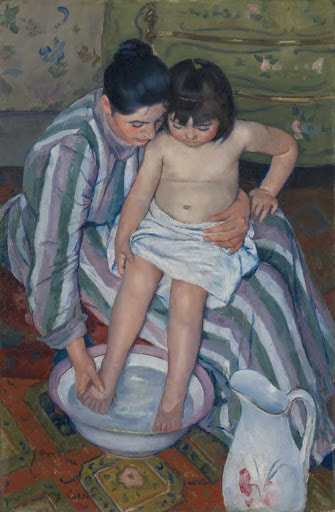
Let Mary Cassatt’s art inspire you to focus on family, children, relationships, and the struggle for women to be recognized in an art world dominated by men. Recognize her tenacity and analytical balance of color and the use of a kind of monochrome. She was an expert with pastels. Take inspiration and try chalk or pastels to create your own art.
Read the Book Club recommendation: “I Always Loved You,” by Robin Oliveira.” The novel is so encompassing of her career, her family and the complicated relationship with Edgar Degas. Their studios were on the same street five minutes apart. Degas taught her etching.
Mary Stevenson Cassatt was born in Allegheny, Pa. in 1844 and died in 1926. Her family was affluent and she was educated at the Pennsylvania Academy of the Fine Arts at age fifteen. Her desires to study art in Paris were realized in 1866. She did return to America in 1870 to be involved in the art community in Chicago. She returned to Paris in 1871. In 1877 her parents and sister Lydia (often her model) came to Paris to live together in an apartment chosen by her parents. She spent her career in France with a return in 1893 to make a large mural for the Women’s Building at the Chicago World’s Columbian Exhibition.
While Mary Cassatt represents American Impressionist there were others of profound influence. They are Mary Shepard Green, Elizabeth Nourse, Elizabeth Jane Gardner Bouguereau, Anna Elizabeth Kumpke, Cecila Beaux and esteemed Lilla Cabot Perry. These women are represented in many museums in America and some in France.
Here are the results!
Read the Book Club recommendation: “I Always Loved You,” by Robin Oliveira.” The novel is so encompassing of her career, her family and the complicated relationship with Edgar Degas. Their studios were on the same street five minutes apart. Degas taught her etching.
Mary Stevenson Cassatt was born in Allegheny, Pa. in 1844 and died in 1926. Her family was affluent and she was educated at the Pennsylvania Academy of the Fine Arts at age fifteen. Her desires to study art in Paris were realized in 1866. She did return to America in 1870 to be involved in the art community in Chicago. She returned to Paris in 1871. In 1877 her parents and sister Lydia (often her model) came to Paris to live together in an apartment chosen by her parents. She spent her career in France with a return in 1893 to make a large mural for the Women’s Building at the Chicago World’s Columbian Exhibition.
While Mary Cassatt represents American Impressionist there were others of profound influence. They are Mary Shepard Green, Elizabeth Nourse, Elizabeth Jane Gardner Bouguereau, Anna Elizabeth Kumpke, Cecila Beaux and esteemed Lilla Cabot Perry. These women are represented in many museums in America and some in France.
Here are the results!
Bonus Creative Exercise: Novels about artists we will explore in 2021
The book titles are arranged in chronological order starting in March, 2021.
MARCH – “I Always Loved You” by Robin Oliveira – Beautifully written with period details featuring Mary Cassatt and her complex relationship with Edgar Degas. Mary was famous for her paintings of intimate bonds between mother and child. Included are Berthe Morisot and Edouard Manet. Cassett was a dear friend of Abigail May Alcott, Louisa’s artistic sister and the basis for the Amy character in Little Women. Born 1926, Allegheny, Pa. died 1926. She went to Paris alone in 1866 to study and pursue her art. In 1877 her parents and sister Lydia joined her and they lived together in an apartment. In 1893 she was invited to show in Chicago by Bertha Palmer creating a large mural for the Women’s Building at the Chicago World’s Colombian Exhibition.
APRIL – “The Highwaymen: Florida’s African-American Artists" by Gary Monroe. Not a novel. There were 26 African American landscape artists in Florida in the Fort Pierce area. They sold their work door to door and along the highways from 1950s through 1980s. They used the same colors and their subject matter was very much the same. The style is very distinctive. They also painted in various stays in prison. You may want to explore them on the internet or see if the library has books on this culture.
MAY – “The Last Painting of Sara de Vos” by Dominic Smith is the story of a Dutch female artist who lost her young daughter and in grief she secretly begins painting a dark landscape of a girl watching ice skaters from the edge of the woods. Females were not to be artists and the approximately twenty of the Golden Age in the Netherlands had to sign men’s names to their work. The painting's inheritor in the 1950s Manhattan has a forgery painted. In 1631 Sara becomes the first woman to be admitted as a master painter to the Guild of St. Luke in Holland.
Other titles include “Girl in Hyacinth Blue” by Susan Vreeland, and “Girl with the Pearl Earring" by Tracy Chevalier. These titles are about Dutch Painters in the 1600s Netherlands. Two are about Johannes Vermeer who lived and worked in Delft in early 1600s.
JUNE – “Renoir’s Dancers: The Secret of Suzanne Valadon” by Catherine Hewitt. Suzanne Valadon (1865-1938) was a model for Renoir and other artists of the period including Henri de Toulouse-Lautrec. He was her lover for two years until she attempted suicide in 1888. She was an accomplished painter. See the painting entitled “Renoir’s Dancer” and you will see Suzanne. She was the first woman painter admitted to the Societe Nationale des Beau-Arts, also the mother of painter Maurice Utrillo. In the 1890s she befriended Edgar Degas who purchased her work and encouraged her she remained one of his closest friends until his death.
JULY – “Luncheon at the Boating Party” by Suzanne Vreeland.
Renoir’s Luncheon of the Boating Party painting includes 14 people around the outdoor table in the summer along the Seine. The story is about each one and how difficult it was to get them together to pose many times for the painting. They met on Sundays for two months. It is 1880 and Auguste Renior and the author paint their lives, loves, losses, and triumphs so vividly that “the painting literally comes alive.”(Boston Globe)
AUGUST – Now the top selling female artist in the world. Yayoi Kusama (born 1929) is a Japanese contemporary artist who works in sculpture and installation. She is active in painting, performance, film, fashion, fiction and other arts. Her work is based in conceptual art. She is obsessed with repetitions. In childhood she made drawings of pumpkins and her art today is based on that shape. There are approximately 25 books featuring her work and her hallucinations since childhood enhance her work. Reading about her on the internet will take you hours; there is so much. She is a marketing genius.
SEPTEMBER – “Strapless” by Deborah Davis is the amazing story of the portrait of Madame X by John Singer Sargent. She was a young socialite by the name of Virginie Amelle Avegno Gautreau and the portrait was created 1883-1884. The scandal resulting from the presentation at the Paris Salon in 1884 amounted to a temporary setback for his career in France. She is posing in a black satin dress with jeweled straps that reveals and hides at the same time.
OCTOBER – “Marriage of Opposites” by Alice Hoffman is the story of Jacob Abraham Camille Pissarro, born 1830 on the island of St. Thomas. His mother was from a French-Jewish family from St. Thomas. The father, Portuguese Jewish, was a merchant who came to the island from France to deal with the hardware store. His father sent him to boarding school in France at age 12. Pissarro is considered the father of the French Impressionism. An incredibly intense and excellent book, “Depths of Glory” by Irving Stone would be a read for someone focused on France and the Impressionist.
NOVEMBER AND DECEMBER SURPRISE! You might enjoy “Lust for Life” by Irving Stone.
MARCH – “I Always Loved You” by Robin Oliveira – Beautifully written with period details featuring Mary Cassatt and her complex relationship with Edgar Degas. Mary was famous for her paintings of intimate bonds between mother and child. Included are Berthe Morisot and Edouard Manet. Cassett was a dear friend of Abigail May Alcott, Louisa’s artistic sister and the basis for the Amy character in Little Women. Born 1926, Allegheny, Pa. died 1926. She went to Paris alone in 1866 to study and pursue her art. In 1877 her parents and sister Lydia joined her and they lived together in an apartment. In 1893 she was invited to show in Chicago by Bertha Palmer creating a large mural for the Women’s Building at the Chicago World’s Colombian Exhibition.
APRIL – “The Highwaymen: Florida’s African-American Artists" by Gary Monroe. Not a novel. There were 26 African American landscape artists in Florida in the Fort Pierce area. They sold their work door to door and along the highways from 1950s through 1980s. They used the same colors and their subject matter was very much the same. The style is very distinctive. They also painted in various stays in prison. You may want to explore them on the internet or see if the library has books on this culture.
MAY – “The Last Painting of Sara de Vos” by Dominic Smith is the story of a Dutch female artist who lost her young daughter and in grief she secretly begins painting a dark landscape of a girl watching ice skaters from the edge of the woods. Females were not to be artists and the approximately twenty of the Golden Age in the Netherlands had to sign men’s names to their work. The painting's inheritor in the 1950s Manhattan has a forgery painted. In 1631 Sara becomes the first woman to be admitted as a master painter to the Guild of St. Luke in Holland.
Other titles include “Girl in Hyacinth Blue” by Susan Vreeland, and “Girl with the Pearl Earring" by Tracy Chevalier. These titles are about Dutch Painters in the 1600s Netherlands. Two are about Johannes Vermeer who lived and worked in Delft in early 1600s.
JUNE – “Renoir’s Dancers: The Secret of Suzanne Valadon” by Catherine Hewitt. Suzanne Valadon (1865-1938) was a model for Renoir and other artists of the period including Henri de Toulouse-Lautrec. He was her lover for two years until she attempted suicide in 1888. She was an accomplished painter. See the painting entitled “Renoir’s Dancer” and you will see Suzanne. She was the first woman painter admitted to the Societe Nationale des Beau-Arts, also the mother of painter Maurice Utrillo. In the 1890s she befriended Edgar Degas who purchased her work and encouraged her she remained one of his closest friends until his death.
JULY – “Luncheon at the Boating Party” by Suzanne Vreeland.
Renoir’s Luncheon of the Boating Party painting includes 14 people around the outdoor table in the summer along the Seine. The story is about each one and how difficult it was to get them together to pose many times for the painting. They met on Sundays for two months. It is 1880 and Auguste Renior and the author paint their lives, loves, losses, and triumphs so vividly that “the painting literally comes alive.”(Boston Globe)
AUGUST – Now the top selling female artist in the world. Yayoi Kusama (born 1929) is a Japanese contemporary artist who works in sculpture and installation. She is active in painting, performance, film, fashion, fiction and other arts. Her work is based in conceptual art. She is obsessed with repetitions. In childhood she made drawings of pumpkins and her art today is based on that shape. There are approximately 25 books featuring her work and her hallucinations since childhood enhance her work. Reading about her on the internet will take you hours; there is so much. She is a marketing genius.
SEPTEMBER – “Strapless” by Deborah Davis is the amazing story of the portrait of Madame X by John Singer Sargent. She was a young socialite by the name of Virginie Amelle Avegno Gautreau and the portrait was created 1883-1884. The scandal resulting from the presentation at the Paris Salon in 1884 amounted to a temporary setback for his career in France. She is posing in a black satin dress with jeweled straps that reveals and hides at the same time.
OCTOBER – “Marriage of Opposites” by Alice Hoffman is the story of Jacob Abraham Camille Pissarro, born 1830 on the island of St. Thomas. His mother was from a French-Jewish family from St. Thomas. The father, Portuguese Jewish, was a merchant who came to the island from France to deal with the hardware store. His father sent him to boarding school in France at age 12. Pissarro is considered the father of the French Impressionism. An incredibly intense and excellent book, “Depths of Glory” by Irving Stone would be a read for someone focused on France and the Impressionist.
NOVEMBER AND DECEMBER SURPRISE! You might enjoy “Lust for Life” by Irving Stone.
Exercise 12: February–Celebrating Black History
In 1915, it was declared that February would be Black History Month, a time to celebrate all African American achievements. While there are so many amazing people to celebrate, we would like to focus on Faith Ringgold, a true inspiration to artists.
Faith was born in 1930 in Harlem, NYC. She is still living in NYC to this day creating art and sharing her knowledge of the subject. She is a painter, quilter, civil rights activist, feminist, textile artist and the author of 14 different children’s books. From 1987 to 2002, Faith was a professor at the University of California and taught art of many forms.
She is known famously for her innovative quilting of narratives that communicate her political beliefs. Her quilts are often comprised of fabrics and paint and are known to tell stories.
Some of Faith’s most well known quotes:
“The great enemy of creativity is fear.”
“You can’t sit around and wait for somebody to say who we are, you need to write it and paint it and do it.”
“Anyone can fly. All you need is somewhere to go that you can’t get to any other way. The next thing you know, you’re flying among the stars.”
To learn more about Faith and her incredibly inspiring life, please visit her website at https://www.faithringgold.com/.
This month, we are asking you to create art inspired by some of Faith’s beautiful work. Feel free to incorporate anything else related to the month of February, too. Think Valentine’s Day, hearts, amethyst, etc.!
Faith was born in 1930 in Harlem, NYC. She is still living in NYC to this day creating art and sharing her knowledge of the subject. She is a painter, quilter, civil rights activist, feminist, textile artist and the author of 14 different children’s books. From 1987 to 2002, Faith was a professor at the University of California and taught art of many forms.
She is known famously for her innovative quilting of narratives that communicate her political beliefs. Her quilts are often comprised of fabrics and paint and are known to tell stories.
Some of Faith’s most well known quotes:
“The great enemy of creativity is fear.”
“You can’t sit around and wait for somebody to say who we are, you need to write it and paint it and do it.”
“Anyone can fly. All you need is somewhere to go that you can’t get to any other way. The next thing you know, you’re flying among the stars.”
To learn more about Faith and her incredibly inspiring life, please visit her website at https://www.faithringgold.com/.
This month, we are asking you to create art inspired by some of Faith’s beautiful work. Feel free to incorporate anything else related to the month of February, too. Think Valentine’s Day, hearts, amethyst, etc.!
Exercise 11: January–A Fresh Start With a Look Back
January was named after the Roman god Janus. He was known as the protector of gates and doorways which symbolize beginnings and ends.
Henry Wadsworth Longfellow wrote:
“Janus am I; oldest of potentates;
Forward I look, and backward, and below
I count, as god of avenues and gates,
The years that through my portals come and go.”
As you contemplate an art piece for the January Challenge, consider an idea of the following events in January. Of course, you can think of your own as well!
January 1, 1892 - Ellis Island becomes a gateway for immigrants into America.
1906 - Campbells soup was trademarked, January is National Soup Month!
Jan. 13, 1930 - First ever Mickey Mouse cartoon appeared in magazines.
January 13, 1969 - Beatles US Album ‘Yellow Submarine’ was released.
Jan. 16, 1984 - Jim Henson’s copyright claim on “Kermit, the Muppet” was renewed.
New Years - Twelfth Night - Epiphany - Martin Luther King Day - Benjamin Franklin’s birthday - Inauguration Day
It’s almost time to begin to imagine your spring time gardens!
Take inspiration from the birthstone gem of January, the red garnet.
Use the birth month flower, the carnation, to create a beautiful wintertime bouquet.
Create, explore, take pictures, make delicious January-inspired treats.
Henry Wadsworth Longfellow wrote:
“Janus am I; oldest of potentates;
Forward I look, and backward, and below
I count, as god of avenues and gates,
The years that through my portals come and go.”
As you contemplate an art piece for the January Challenge, consider an idea of the following events in January. Of course, you can think of your own as well!
January 1, 1892 - Ellis Island becomes a gateway for immigrants into America.
1906 - Campbells soup was trademarked, January is National Soup Month!
Jan. 13, 1930 - First ever Mickey Mouse cartoon appeared in magazines.
January 13, 1969 - Beatles US Album ‘Yellow Submarine’ was released.
Jan. 16, 1984 - Jim Henson’s copyright claim on “Kermit, the Muppet” was renewed.
New Years - Twelfth Night - Epiphany - Martin Luther King Day - Benjamin Franklin’s birthday - Inauguration Day
It’s almost time to begin to imagine your spring time gardens!
Take inspiration from the birthstone gem of January, the red garnet.
Use the birth month flower, the carnation, to create a beautiful wintertime bouquet.
Create, explore, take pictures, make delicious January-inspired treats.
Here are the results:
Exercise 10: Chickadee and Holly
Christmas time lends itself to creating a poem. Or maybe writing a short story from your childhood during the season.
Paint a scene with beautiful crisp, white snow!
Twinkle lights, music, trees, family vacation time.
Use your favorite boots, coats, hats and scarves as inspiration.
Take time to study the birds seen in the winter time. Reflect and create art with birds as your subject. Chickadees, red cardinals in the snow, bright holly berries against the green holly.
Make gifts for friends and family.
Plan a holiday themed art event with your children, grandchildren, etc.
Paint a scene with beautiful crisp, white snow!
Twinkle lights, music, trees, family vacation time.
Use your favorite boots, coats, hats and scarves as inspiration.
Take time to study the birds seen in the winter time. Reflect and create art with birds as your subject. Chickadees, red cardinals in the snow, bright holly berries against the green holly.
Make gifts for friends and family.
Plan a holiday themed art event with your children, grandchildren, etc.
Here are the results:
Exercise 9: Warm Light Reflect

The warmth of citrine, a gift of the sun
It’s the last month of fall.
It’s a somber month, it signals the start of winter and preparing for snow and cold here in Michigan.
November has abundance of history for us to observe, as well.
End of WW1 - Nov. 11, 1918 - Veterans Day
Lincoln’s Gettysburg Address
Opening of the Erie Canal - Opening of the Suez Canal
The Holland Tunnel
The game of "Monopoly" released on Nov. 5, 1935
Mark Twain and Georgia O'Keefe share Nov. as a birthday month.
T H A N K S G I V I N G
AND NATIONAL MEN MAKE DINNER DAY! (1ST THURSDAY OF NOVEMBER)
Please let something mentioned here (or something new!) inspire you to create a piece of art representing the beautiful month of November, Make a pumpkin pie and complete a painting of it, Clean out garage for winter and craft with your findings. Go up north and view the colors while you can. Enjoy the November light and be aware of how it changes each day.
It’s the last month of fall.
It’s a somber month, it signals the start of winter and preparing for snow and cold here in Michigan.
November has abundance of history for us to observe, as well.
End of WW1 - Nov. 11, 1918 - Veterans Day
Lincoln’s Gettysburg Address
Opening of the Erie Canal - Opening of the Suez Canal
The Holland Tunnel
The game of "Monopoly" released on Nov. 5, 1935
Mark Twain and Georgia O'Keefe share Nov. as a birthday month.
T H A N K S G I V I N G
AND NATIONAL MEN MAKE DINNER DAY! (1ST THURSDAY OF NOVEMBER)
Please let something mentioned here (or something new!) inspire you to create a piece of art representing the beautiful month of November, Make a pumpkin pie and complete a painting of it, Clean out garage for winter and craft with your findings. Go up north and view the colors while you can. Enjoy the November light and be aware of how it changes each day.
Here are the results!
Exercise 8: My favorite color is October
|
Fall colors and the emotions with rich warm tones.
Joy and happy orange - Red - Yellow - Light Brown - Dark Brown - Gold - Burgundy - Purple - Violet - Olive Green - Dusty Pink - Gray - Black Perfect Temperatures - Foliage changes - Crispness in the air making us feel energized Candy corn, costumes, hot apple cider, football. Pumpkins and pumpkin pie with whipped cream. Gourds, corn shucks. "Winter is an etching, spring a watercolor, summer an oil painting and autumn a mosaic of them all." |
Suggestions are endless for a project related to these colors!
Take a walk through town or the lakeshore. Be sure to crunch the leaves beneath your feet and take a camera, sketchbook, or whatever your heart desires. |
Here are the results:
Exercise 7: Trees - Life, Growth, Peace.
“The creation of a thousand forests is in one acorn.” - Ralph Waldo Emerson
Love the trees until their leaves fall off, then encourage them to try again next year. Survival, clean air, filtered water, shade, food and breathing. Give us hope and insight. Courage to persevere. Trees teach us to stay rooted while soaring to great heights.
“What we are doing to the forests of the world is but a mirror reflection of what we are doing to ourselves and to one another.” - Chris Maser
- Challenge your art project perhaps using one of these quotes for inspiration.
- Go climb a tree... (oh yeah, sure...)
- Go sit under your favorite tree and take art materials with you.
- Read a book—it’s made of paper, which is made from trees.
“You know me, I think there ought to be a big ole tree right there." - Bob Ross
AND…lets give him (or her) a friend. Everybody needs a friend.
If Bob Ross is not in your world, look him up and see what he means about his “Happy Trees”
If Bob Ross is not in your world, look him up and see what he means about his “Happy Trees”
Here are the results:
Exercise 6: A Day at the Beach
|
A DAY AT THE BEACH RESTORES THE SOUL
It’s Summer and we enjoy time for the beach, a boat ride, a swim in a pool, a small lake or our BIG LAKE. Create something that pleases your soul, particularly at the beach. Think about your favorite beach towel, honor it, design one that’s more mindful. Think about your favorite sunglasses, umbrella, cooler. Think lemonade, think picnic tables Write a beach story, writing is art. Look up beach towels, beaches, sunglasses on Google for inspiration. Go to the beach and sketch or paint a watercolor. Take a swim. |
The sixth round of SDAC creative exercises, "A Day at the Beach" is complete. Here are the results:
Exercise 5: Save a Chair for You
|
Choose a chair to inspire you. Think about how the design of it is influenced by comfort, design, how we sit, lounge and wait.
Ideas for the challenge: - DRAW YOUR FAVORITE CHAIR - USE FABRIC TO CREATE A COLLAGE OF CHAIRS OR CHAIR - BUILD A CHAIR OUT OF WOOD, TOOTH PICKS, ETC. - PAINT AN UPHOLSTERED CHAIR. - MAKE A DIORAMA - WEAVE SOMETHING - PAINT ON AN OLD CHAIR - WRITE A STORY ABOUT YOUR FAVORITE RESTING PLACE |
Henry David Thoreau had three chairs in his cabin. “Everything I have ever written has been |
The fifth round of SDAC creative exercises, "Save a Chair for You" is complete.
Here are the results:
Here are the results:
Exercise 4: Nature's Zoom Call
|
There is a subtle peace
that comes upon observing nature grandeur to observe around every corner There is the peace that comes from enveloping oneself in nature the peace that comes from being in the arms of Mother Nature is serene and calming There is a call for all of us to see the beauty in the everyday.” all natural things both live and move in natural peace that is their own." There is meditation when you think about nature and the environment time reflect on your place in the world how to connect with it. Understanding nature and the environment will continue to be an inspiration for artist never forget to use it for inspiration and guidance to express yourself Go take a walk Observe and explore your surroundings, looking for interesting textures, colors and other patterns in the natural environment. Document your walk by photographing anything that catches your eye. Zoom-in and focus on small details to take close-up shots of your findings. Upon returning home, review the photographs from your walk and select 1(or more) of your favorite images Using your choice of materials, photoshop, paint, printmaking, clay, glass pencils, collage recreate the photograph in a new vision. Let nature take you someplace you have never been before. |
The fourth round of SDAC creative exercises, "Nature's Zoom Call" is complete. Here are the results:
Exercise 3: Faded Memories.
|
Faded Memories
in our quarantined time we may have sorted through our old photos there is something about opening that box they can bring in a rush of emotions not all of which we’re prepared for when we have a look they can make us think of how good the past was. how today can never compare to those happy days the kind of hairstyles and clothes worn the places we were we see the past with rose-tinted glasses ignoring all that was not great about it we remember the people in them some might have gone from our lives forever old photographs remind us of the bond that we had how happy they made us sometimes the people in the photos weren’t good for us, even though we did not know that at the time how fresh the wounds seem old photos make us realize how far we’ve come they are a visual record of our growth select an old photo that speaks to you from an emotional or artful voice what made you pick this pic? how do you feel when you look at it? how does the composition, gestures, mood bring inspiration? using this photo create a drawing, textile, print or sculpture or another photo the photo should transform into a piece of art. distort the images photo copy several times play with multiple images. collage, paint, cut, sculpt, print take some chances and transform a memory into a piece of art captured memories seen from a different view |
The third round of SDAC creative exercises, "Faded Memories" is complete. Here are the results:
Exercise 2: A Room with a View.
|
Windows of Art
so, what is a window, really? an opening cut out of a building, yet the placement of a window, like an artist’s brushstrokes on a canvas, has special meaning. what is a window metaphorically? a spiritual entrance through which your soul can travel. if you choose to let it go, your soul can break the glass boundaries and travel into the world, soaking in imaginary sounds, smells, sights. it is a portal for your thoughts to roam freely. a window, however, creates boundaries, as your soul can only travel as far as your eyes can see. you watch life go by, failing to contribute any involvement. windows aren’t for proactive people; they are for those who watch rather than do. during this time of isolation, windows are especially significant. we are often found staring out from our homes into a world where we can’t engage. forced to stay home, our view of the world is limited to what we see through the glass. communities are finding small ways to reach out and connect through windows. many neighborhoods, hospitals, nursing homes are posting signs and pictures to show that while we may be isolated, we can still show support and love. people all over the world are interacting with their loved ones through windows, all to keep themselves and others safe during this trying time. you are invited to capture your room with a view. select a window where the scene that you observe is inspiring. using any materials that you find suitable, create a piece that speaks to your observations and your emotional responses to being quarantined. color, composition and mark-making can play a major role in your artwork. you might choose to create a photo to send your message. take some chances enjoy the process! |
The second round of SDAC creative exercises, "Mirror Mirror" is complete. Here are the results:
Exercise 1: Mirror Mirror on the Wall
|
We are all in our houses.
The place we call home, our abode, our shelter and our dwelling. During this time that may go on for a while, we look at our surroundings and ourselves in a very different manner than we did a few weeks ago. We have time, lots of time to do things we might not have done if this pandemic did not occur. We may catch ourselves looking in the mirror more often than before. Maybe even stop and stare for a while. Recognizing things or changes that we might not have noticed. We are taking a closer outer look at ourselves and hopefully also an inner look at ourselves. You are invited to take some time to look in the mirror and create a self-portrait. Use the examples below to inspire you. Try to use a material you have never used. Try to imitate an artist you admire. Try a new method of making art. None of these self portraits should be photographic. You can take a selfie instead. What they should be is an interpretation of how you see yourself during this time. Many might say…I can’t draw a face, I can’t draw myself. Yes, you can. Whatever you draw will be good. Judging yourself right now is useless. Looking at yourself and creating a drawing or painting or sculpture of how you feel right now is useful. Take the challenge. You will be glad you did. |
The first round of SDAC creative exercises, "Mirror Mirror" was completed April 4, 2020! Here are the results:
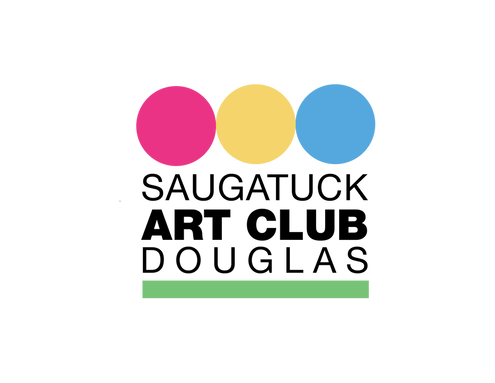
Saugatuck Douglas Art Club
PO Box 176, Saugatuck, MI 49453
[email protected]
For art fair questions call Aron at 616-255-2043
For all other questions call Ann at 314-753-2203
PO Box 176, Saugatuck, MI 49453
[email protected]
For art fair questions call Aron at 616-255-2043
For all other questions call Ann at 314-753-2203
© 2018-2023 Saugatuck Douglas Art Club
- Home
- Art Fairs
- News
- Membership
-
About
-
Past programs
>
- 2023 Art Show and Sale
- Maggie Clifford-Bandstra
- August Picnic
- Creative Exercises
- Michael Burmeister
- Plein Air Painters
- Sept: Ruth Crowe Encaustic Art
- Shirley Brauker Gallery Talk
- Monotype June
- Making Faces May
- Creativity by John Cleese ZOOM
- 9 Warning Signs ZOOM
- Artistic Medium Gatherings ZOOM
- Monotype workshop
- Inside Outings
- Artful Food - January 2020
- White Out - February
- Garage Sale
- Annual Reports
- Galleries >
- Contact
- Scholarships
- Student Success Stories
- Board
- History
- By-Laws
-
Past programs
>
- Online Gallery
- Donate now!
- Plein Air Painters
- Shop
- Classes
- August Member Picnic 2024


